—A Comprehensive Analysis from Installation Tips to Industry Trends
In modern home design, wall mirror with Lights is becoming increasingly popular, becoming a star item in bathrooms, bedrooms, and even entryways. Compared to traditional mirrors, it not only provides basic reflection but also creates ambience, enhances the quality of the space, and improves the user experience. However, after purchasing an illuminated wall mirror, consumers often face a core question: how to hang a wall mirror with lights correctly and safely? This article will comprehensively explore this topic from multiple perspectives, including installation steps, precautions, safety regulations, and industry trends.
1. Background of the Popularity of Wall Mirrors with Lights
With the upgrading of consumption and the improvement of home aesthetics, consumers' expectations for bathroom and home products are also increasing. Mirrors are no longer just daily necessities, but have become an indispensable part of spatial design.

Multifunctionality: Wall mirrors that integrate LED light strips, touch switches, and anti-fog functions are becoming increasingly popular, meeting the needs of various scenarios such as lighting, makeup, and shaving.
Aesthetics: Various designs, including simple frameless, metal frame, circular and rectangular, create a harmonious and unified style with bathroom cabinets, lighting fixtures, and other elements.
Professional installation: Unlike ordinary mirrors, luminous wall mirrors involve electrical connections, making installation more complex and requiring higher professional knowledge and construction standards.
2. Pre-Installation Preparation
Before hanging, thorough preparation is essential to ensure a smooth and safe installation.
Confirm the Installation Location
Height: The centre of the bathroom mirror should typically be at eye level, preferably about 47.2–51.2 in from the floor.
Location: Avoid direct exposure to strong light or windows to prevent glare.
Check Wall Conditions
Different wall materials, such as tile, concrete, and drywall, require different load-bearing requirements.
For drywall walls, use specialised expansion bolts or install additional studs to ensure stability.
Confirm the Power Supply
Illuminated wall mirrors typically have a 220V or 110V input, requiring a dedicated power outlet behind or near the mirror.
If the mirror has an anti-fog function, the circuit must be stable, and independent switch control is recommended.
Tools required:
Electric drill, screwdriver, level, tape measure, marker, insulating tape, etc.
3. Detailed Installation Steps
The installation of a lighted wall mirror can be roughly divided into the following steps:
Measurement and Marking
Use a tape measure to measure the mirror's dimensions. Based on the actual height, mark the mounting holes on the wall.
Use a level to ensure the marked positions are level to prevent the mirror from tilting after hanging.
Drilling and Installing Expansion Screws
Choose expansion screws of appropriate size based on the weight of the mirror; a diameter of 0.24–0.31 in is generally recommended.
When drilling holes in tiled walls, use a glass drill bit first, then an impact drill bit to avoid cracking the tiles.
Circuit Wiring
Turn off the main power supply, strip the wires, and connect the live, neutral, and ground wires to the mirror's power outlet.
Secure the wires with insulating tape or a terminal block to ensure secure contact and no exposed areas.
For plug-in designs, simply insert the plug into the designated outlet.
Hanging
Align the wall mirror hook or back panel with the screws and gently adjust the position.
After ensuring it is secure, tighten the screws moderately to avoid deformation of the mirror body due to excessive force.
Functional Test
Turn on the power and check whether the light, touch switch, and anti-fog function are functioning properly.
If flickering or no light is detected, recheck the electrical connections.
4. Precautions During Installation
In industry practice, the following points require particular attention:
Load Safety
Illuminated wall mirrors are typically heavier than ordinary mirrors. Installation methods that are insufficiently load-bearing may pose a safety hazard.
It is recommended that professional installation personnel perform this work to avoid the risk of falls caused by self-installation.
Waterproof and Moisture-Proof
Bathrooms are subject to high humidity, so choose LED light sources and switches that are waterproof.
The power connector should be installed in a waterproof box to prevent short circuits caused by moisture infiltration.
Electrical Safety
Circuit connections must strictly comply with national electrical standards. Avoid mixing live and neutral wires.
If the user is not familiar with electrical work, consult a professional electrician.
Post-Maintenance
If the light strip is damaged, it can be repaired by replacing the driver or the light strip.
Avoid using strong acids or alkalines on the mirror surface to prevent corrosion of the frame and electrical components.
5. Industry Trends and Market Insights
Wall mirrors with lights are more than just a product; they represent future trends in the bathroom and home furnishing industries.
Intelligent
Voice control and app-based remote brightness and colour temperature adjustment are becoming increasingly popular.
Linking with smart home systems allows for the integration of lighting and ambient ambience.
Energy Saving
LED light sources offer a long lifespan and low energy consumption, aligning with green energy conservation concepts.
Some brands have adopted recyclable aluminium alloy frames and copper-free silver mirror technology to reduce environmental impact.
Customization
Customers can customize wall mirrors in various sizes and shapes to suit the size and style of their bathroom.
Adding multifunctional modules such as storage shelves, Bluetooth speakers, and wireless charging further enhances the value proposition.
Safety Standardization
As the market expands, relevant product standards and certifications (such as ETL) are gradually being refined.
Companies are placing greater emphasis on electrical safety and explosion-proof glass design during the production process.
6. Summary
Installing a wall mirror with lights is more than just a simple hanging operation; it involves multiple factors, including electrical circuits, safety, and spatial aesthetics. When purchasing and installing, consumers should fully consider the wall's load-bearing capacity, power supply location, waterproofing and moisture-proofing, and electrical specifications. They should also, if possible, have professional installation personnel perform the installation to ensure safe use and a positive user experience.
From an industry perspective, illuminated wall mirrors are experiencing rapid growth, with trends toward intelligentization, energy efficiency, and customization becoming increasingly evident. In the future, illuminated wall mirrors will not only be a bathroom accessory but will become an integral part of the smart home ecosystem.
For companies, balancing aesthetics, functionality, and safety in product design will determine their market competitiveness. For consumers, correctly hanging and using illuminated wall mirrors can bring greater convenience and beauty to daily life.

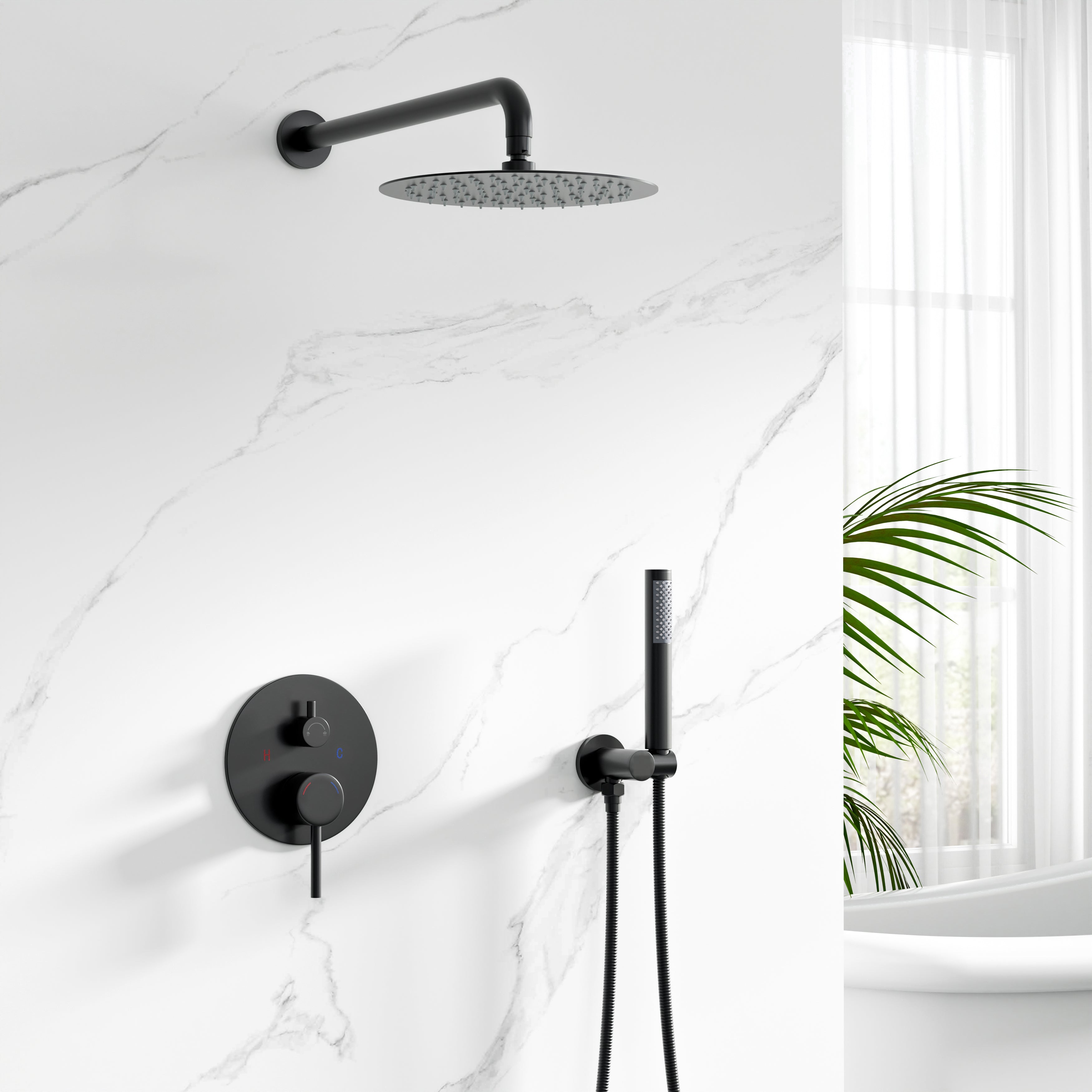
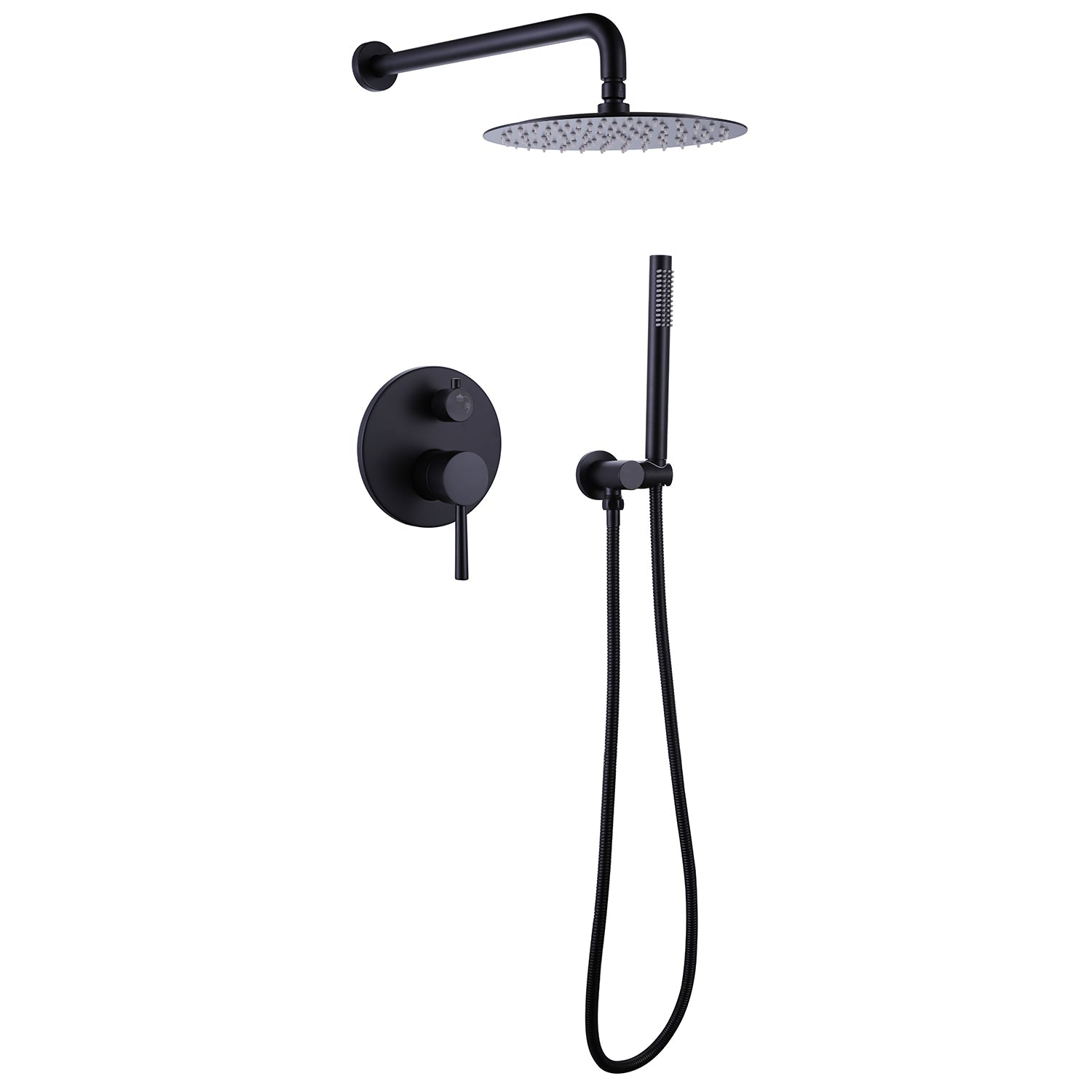


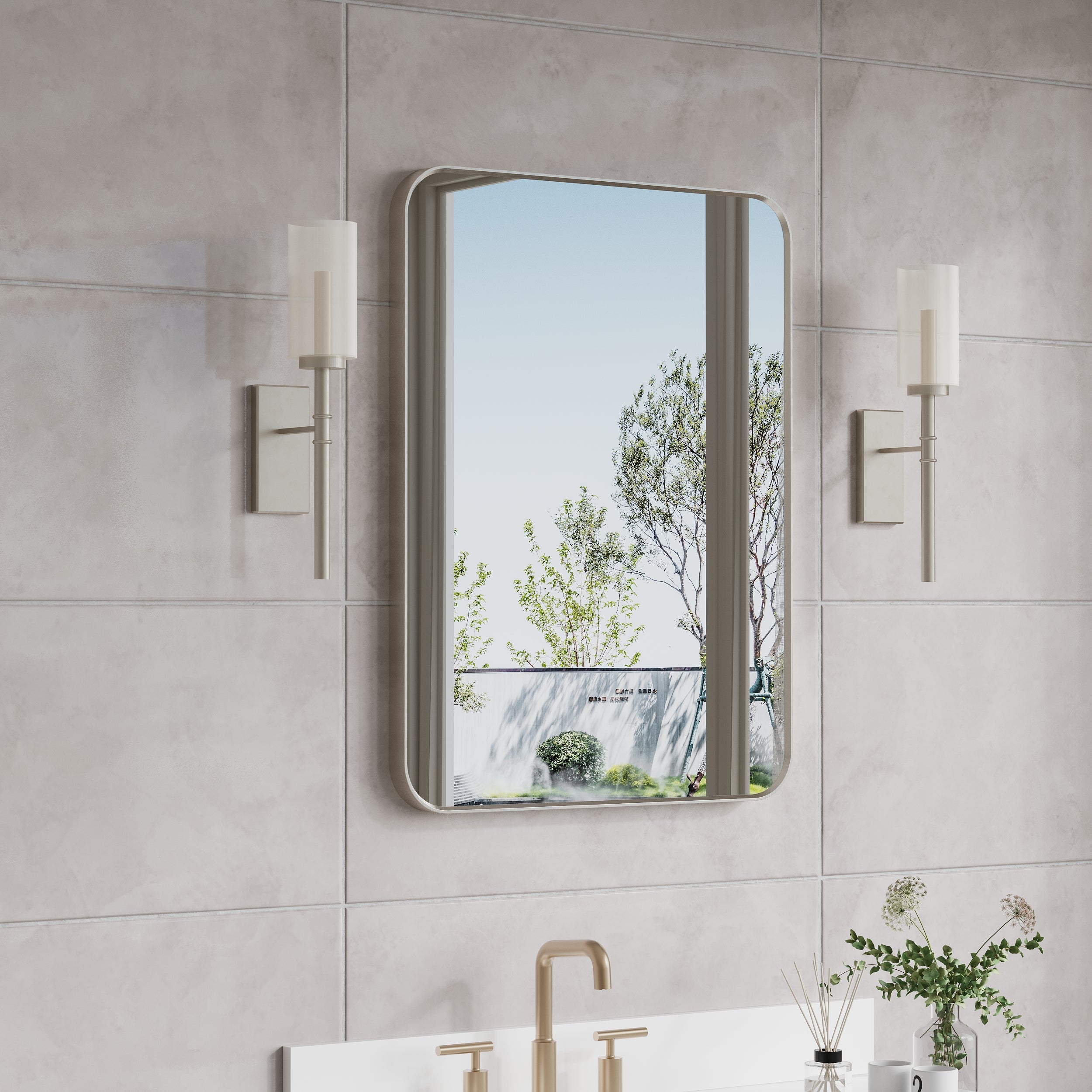
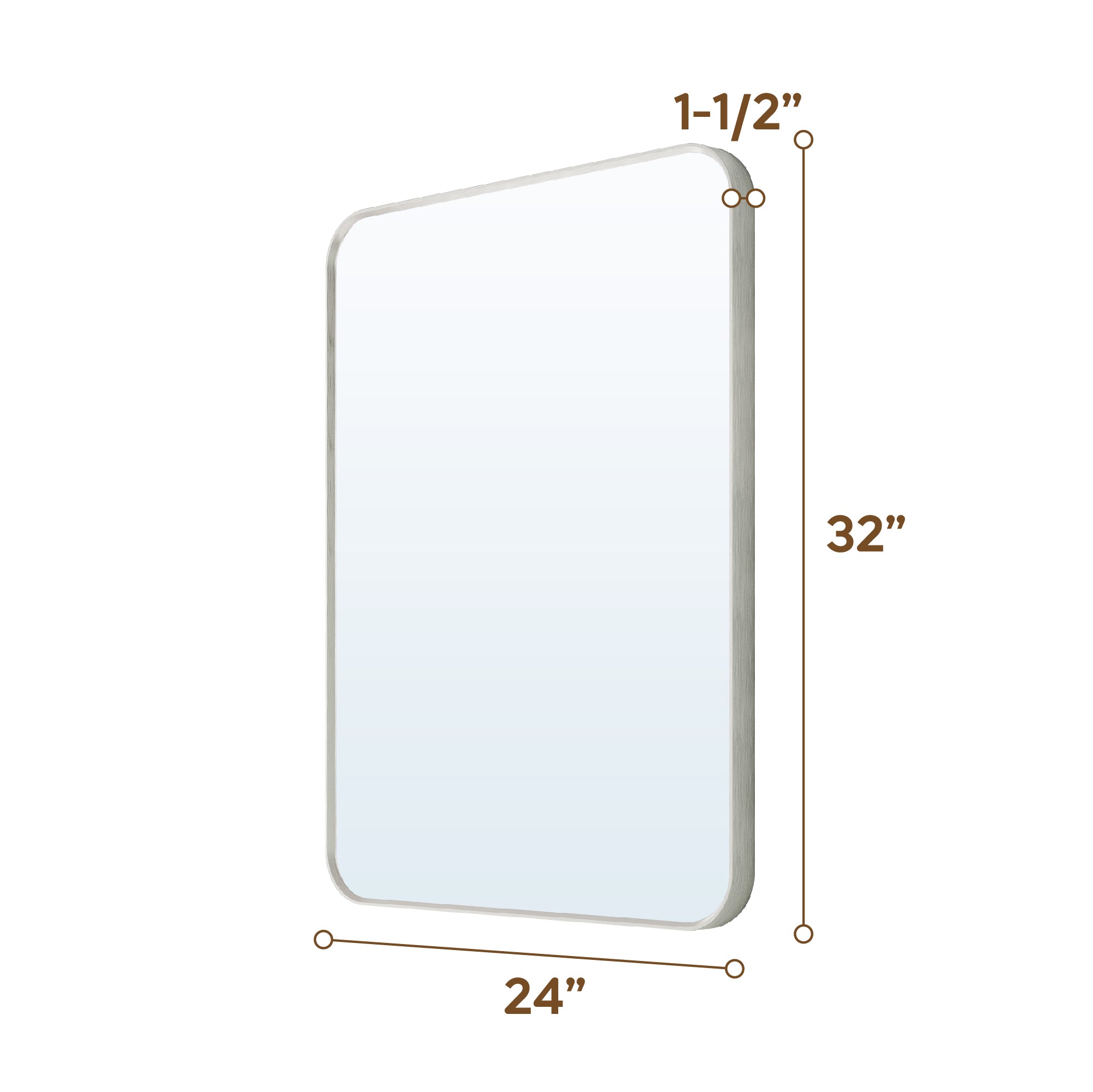

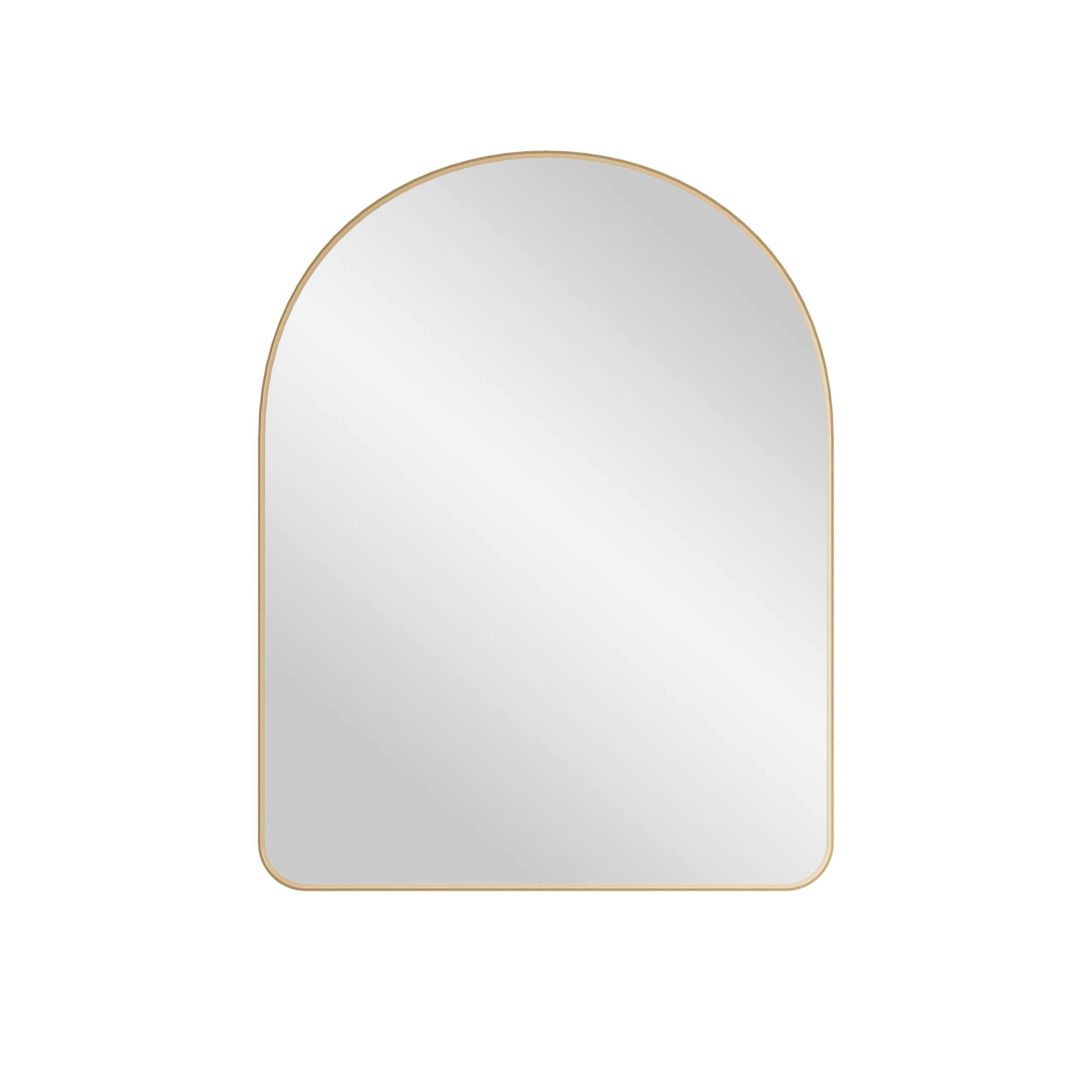


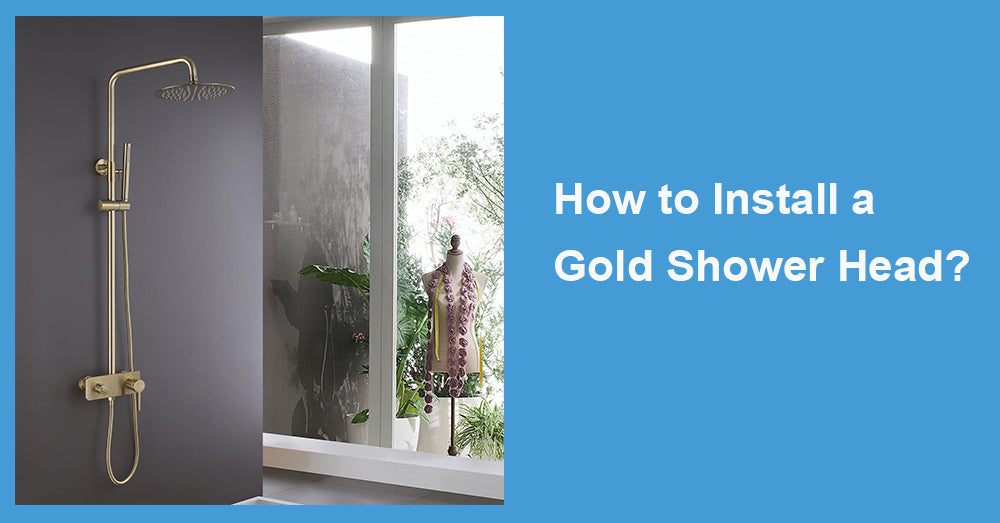
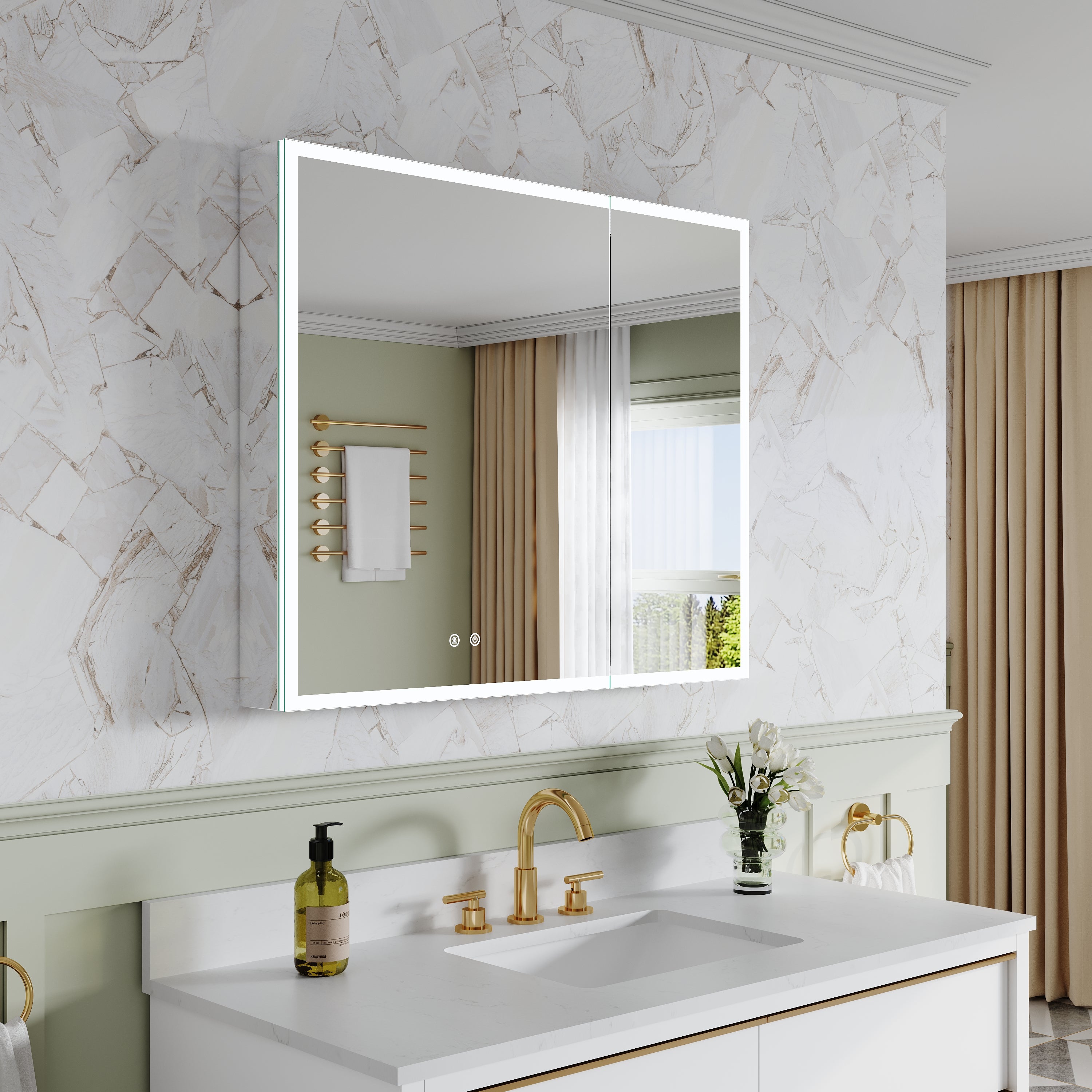
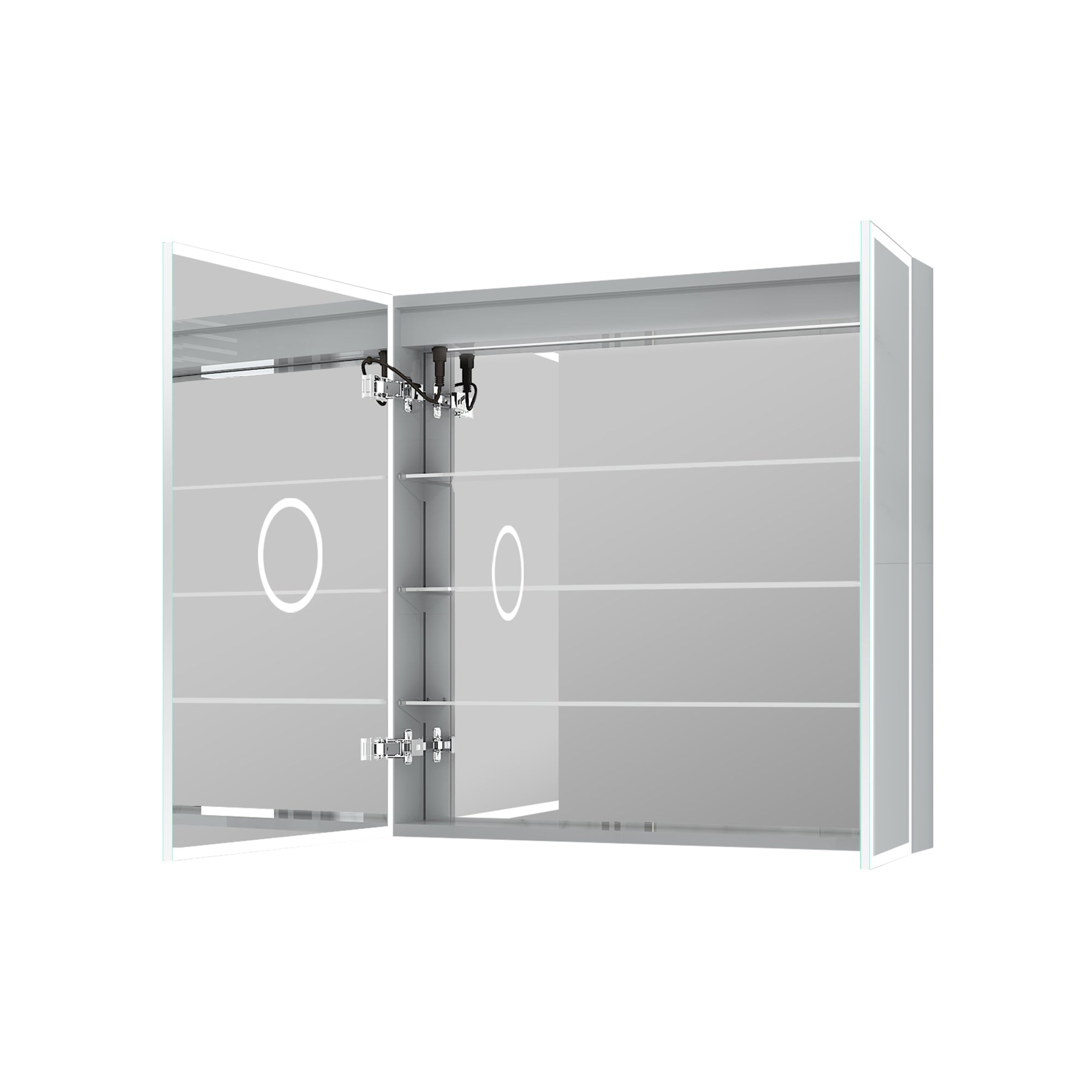
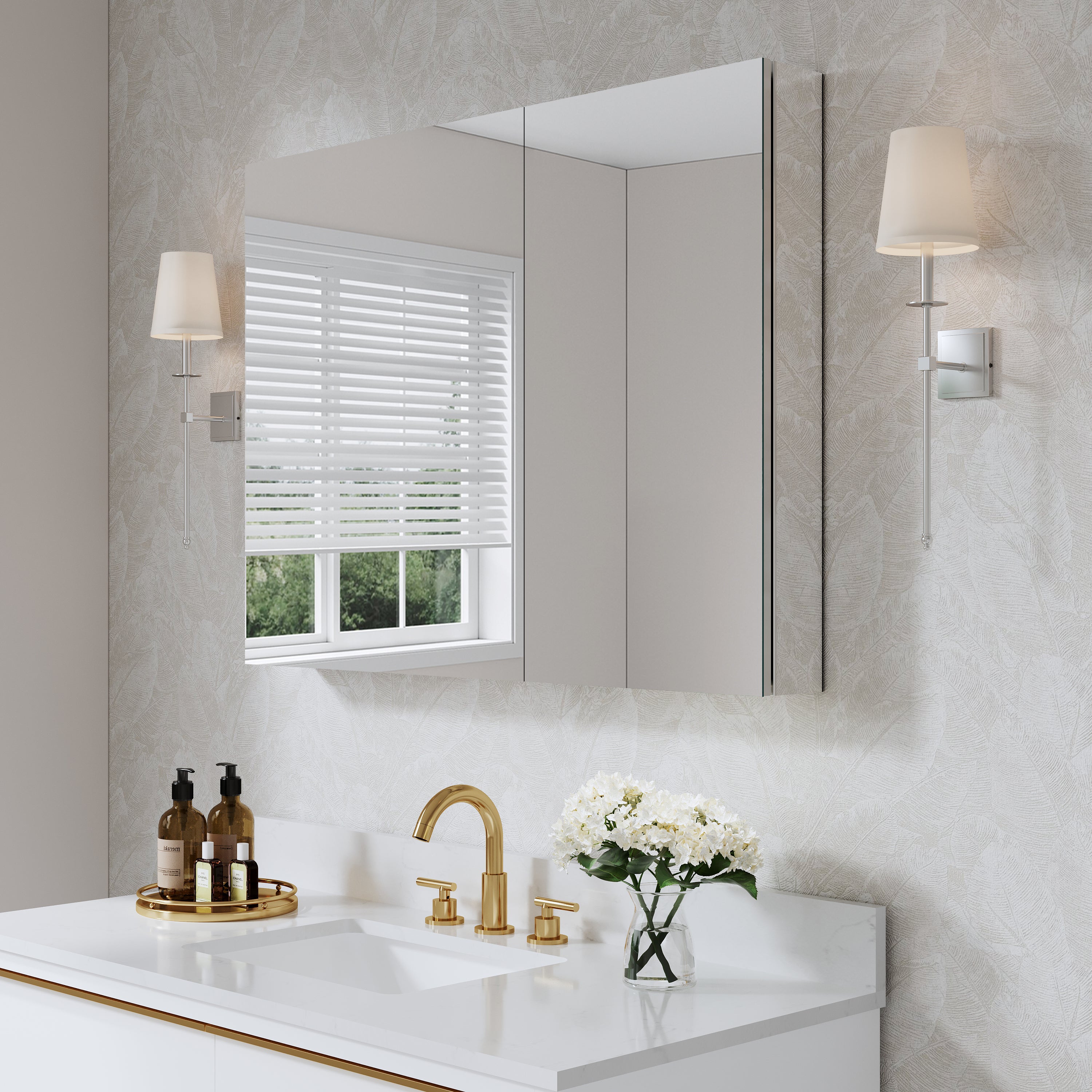

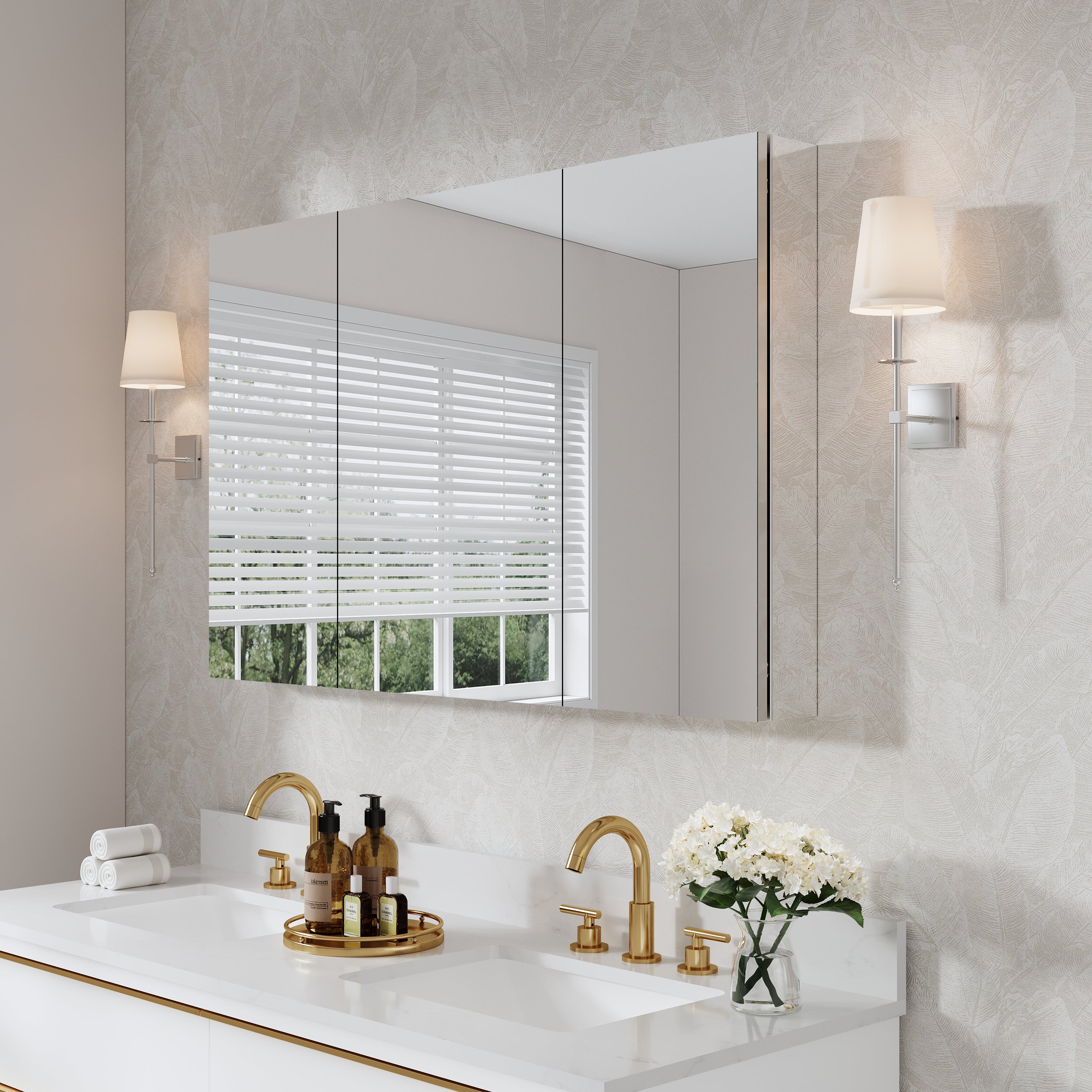
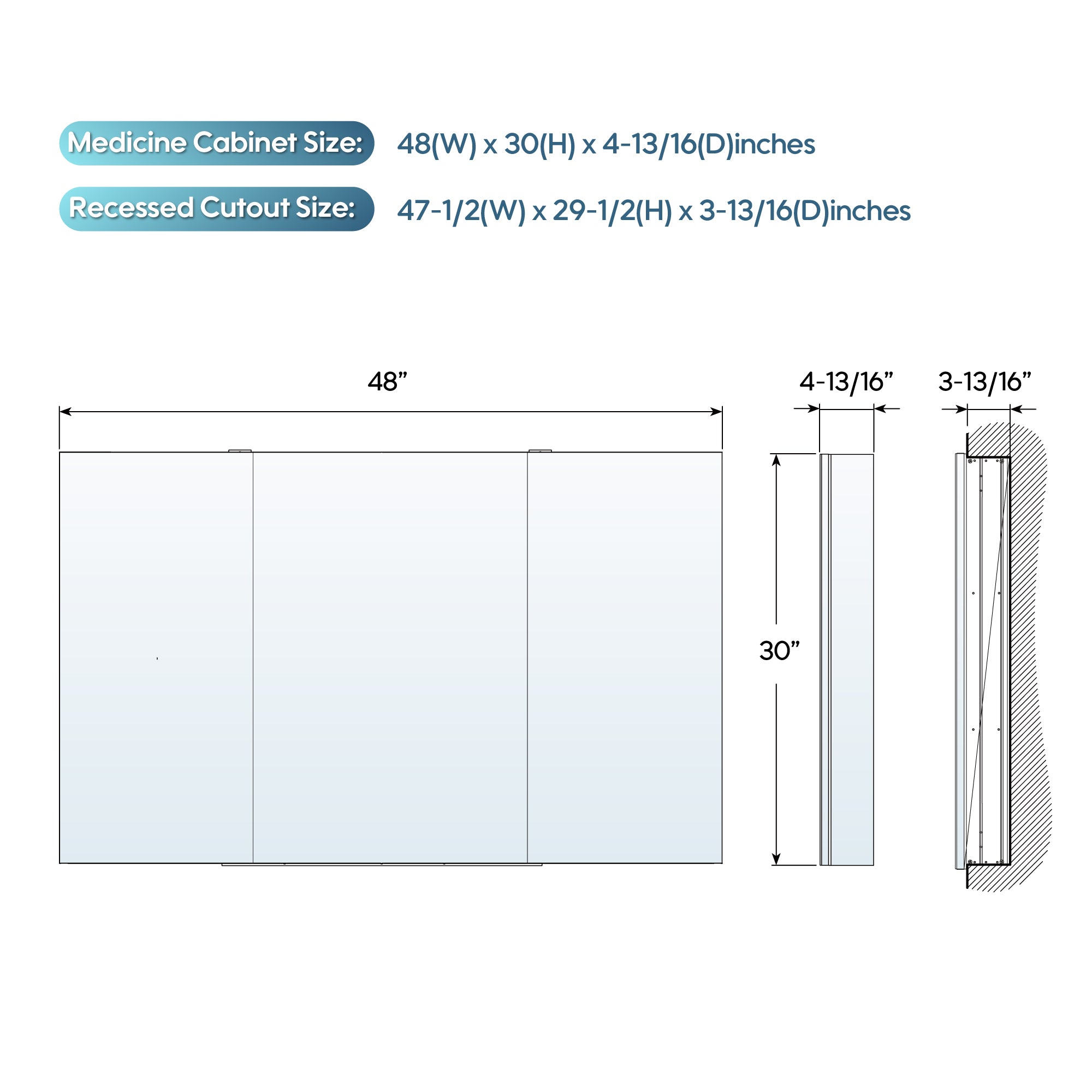
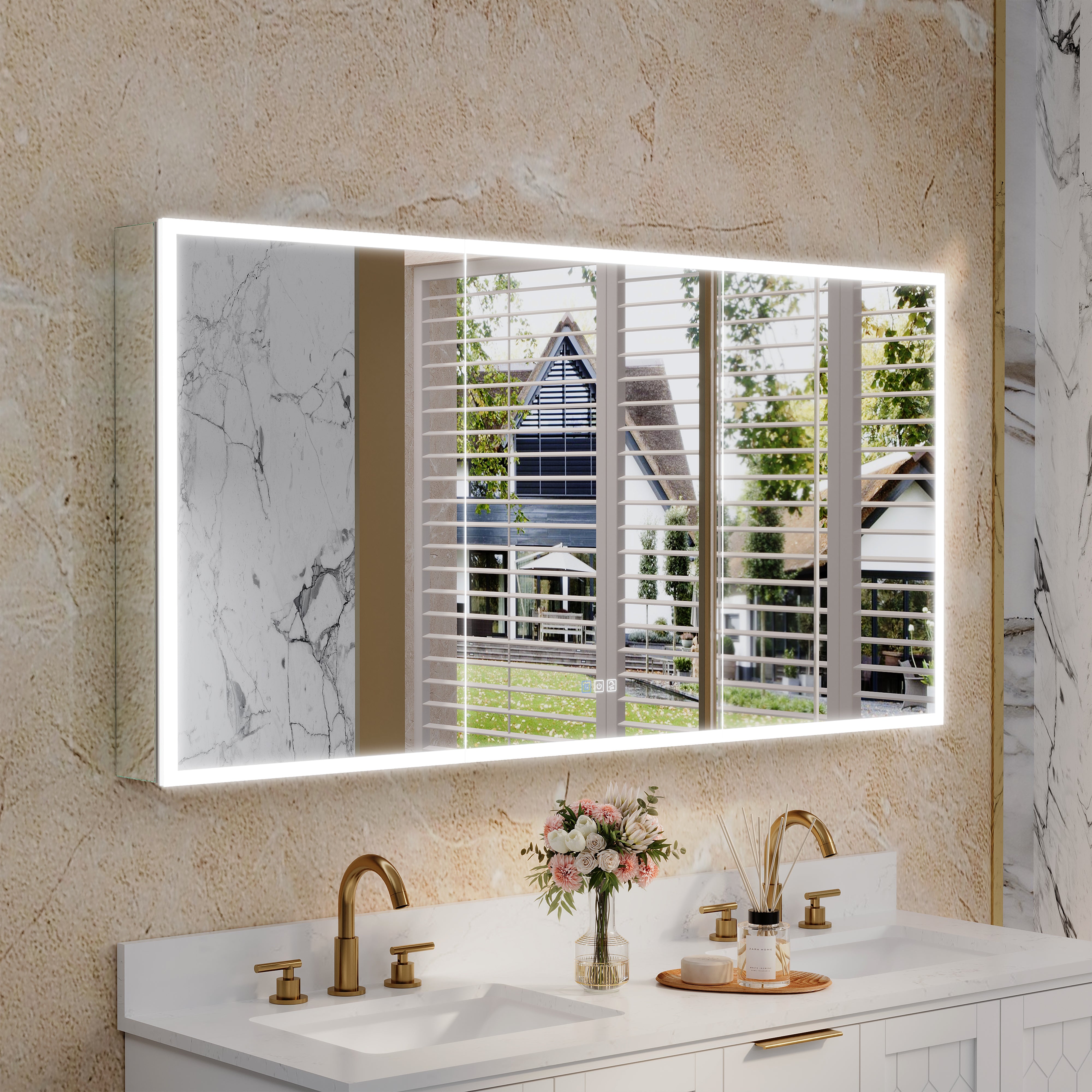
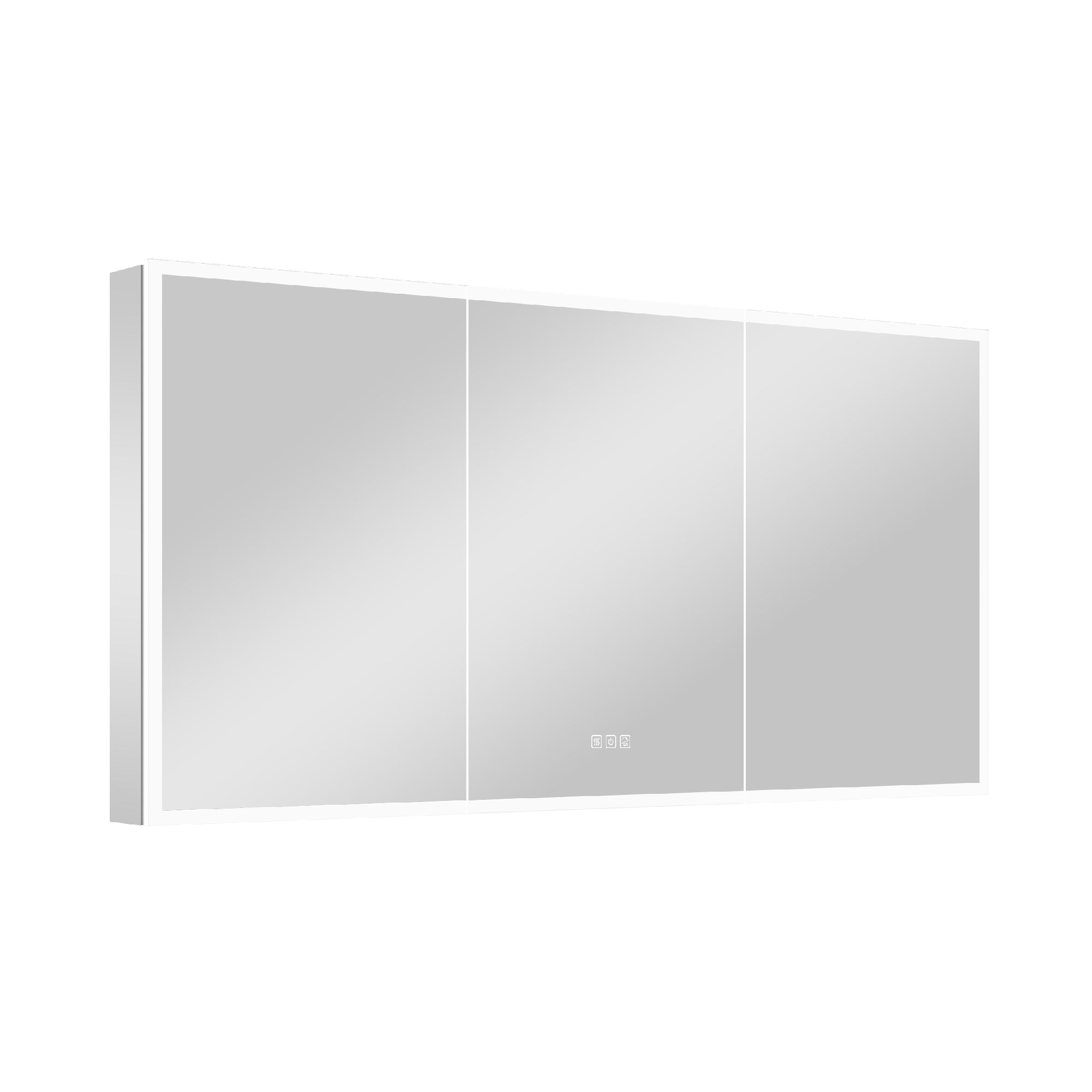
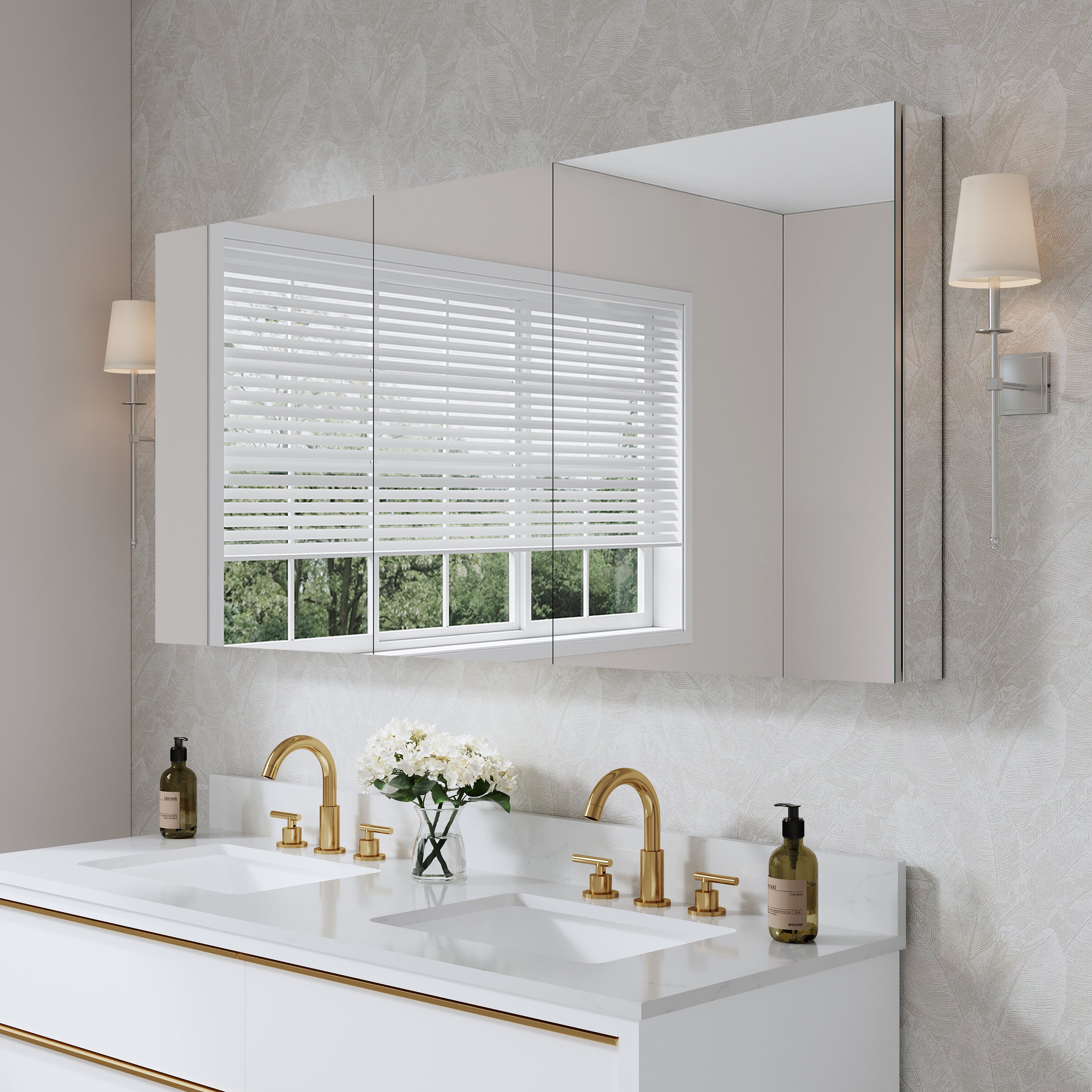

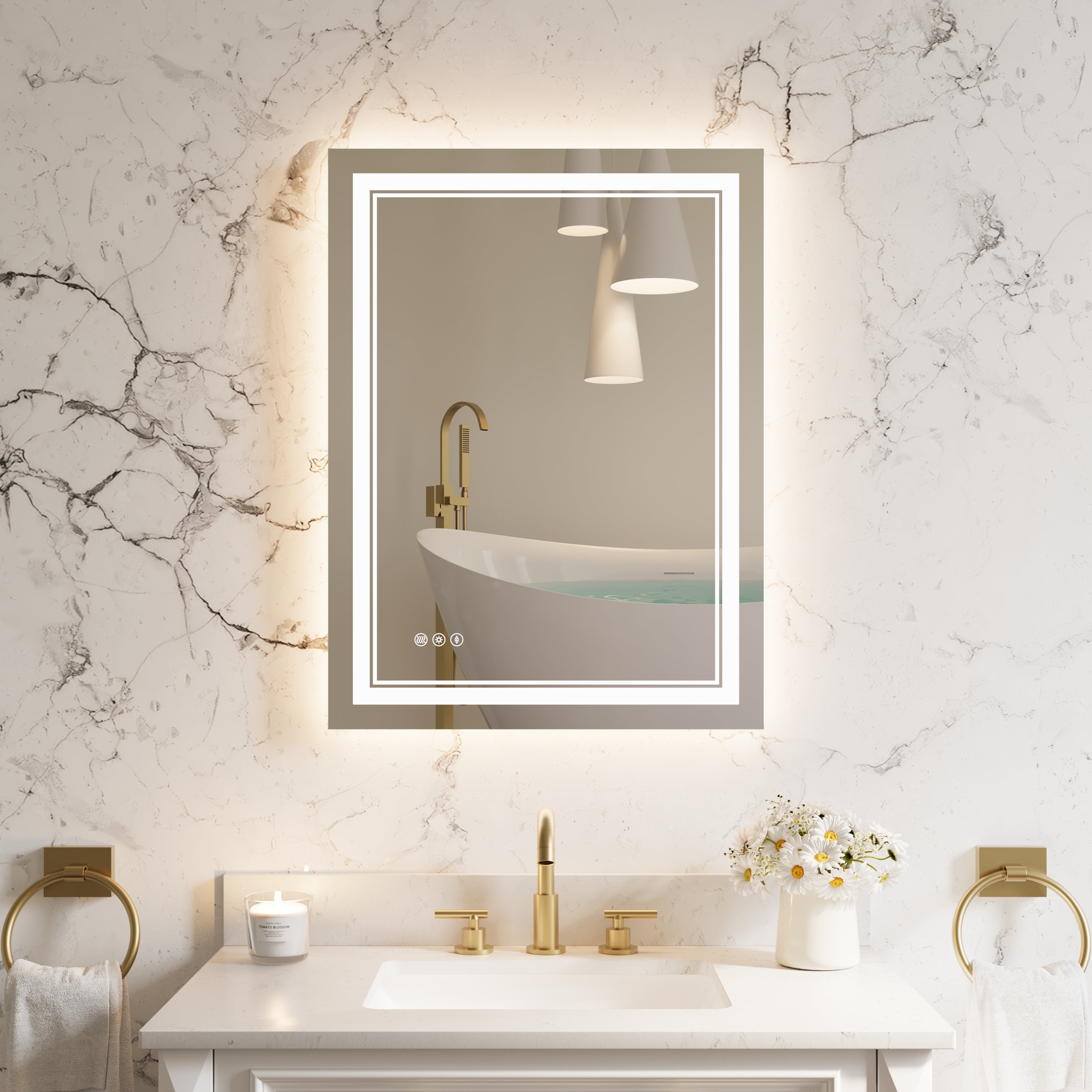
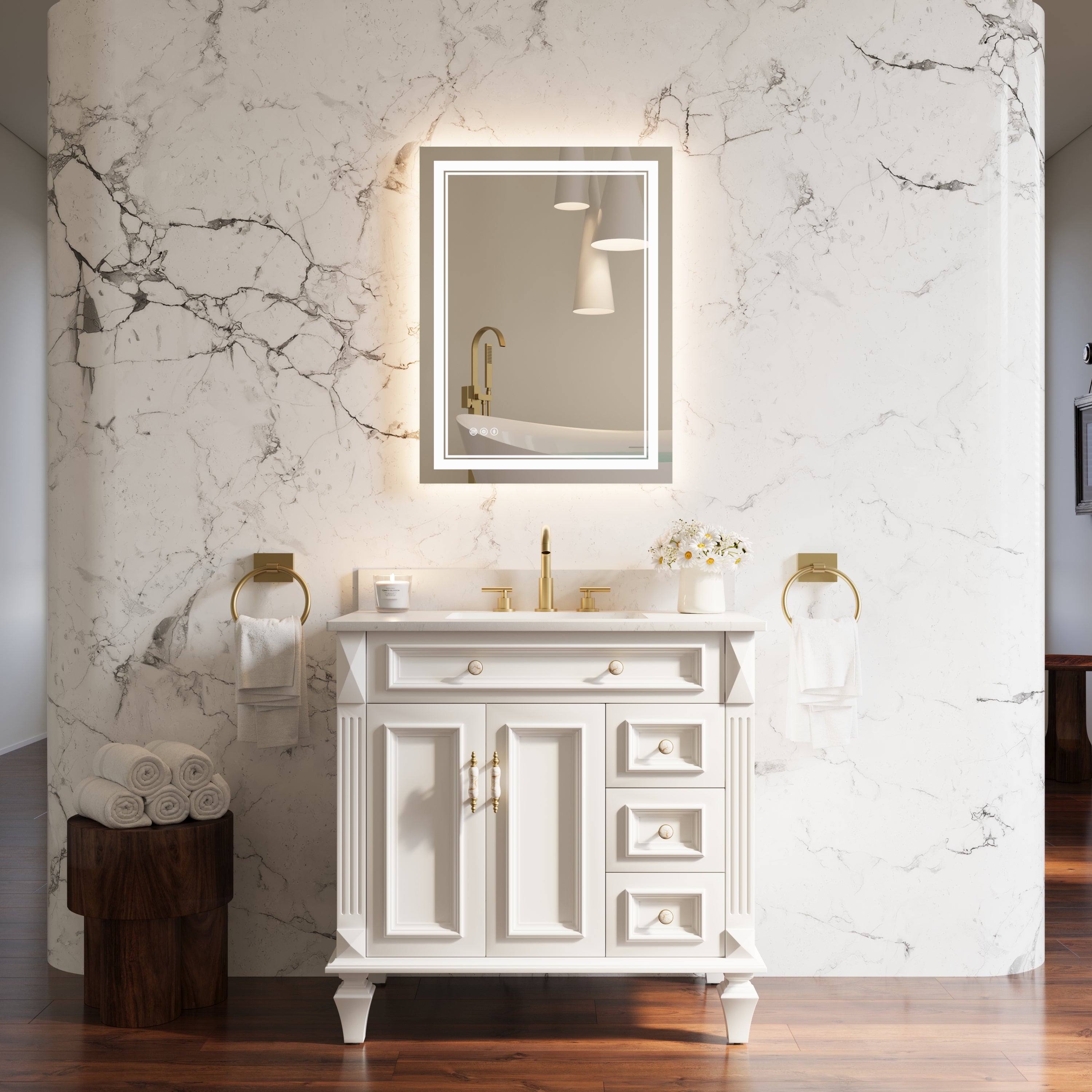
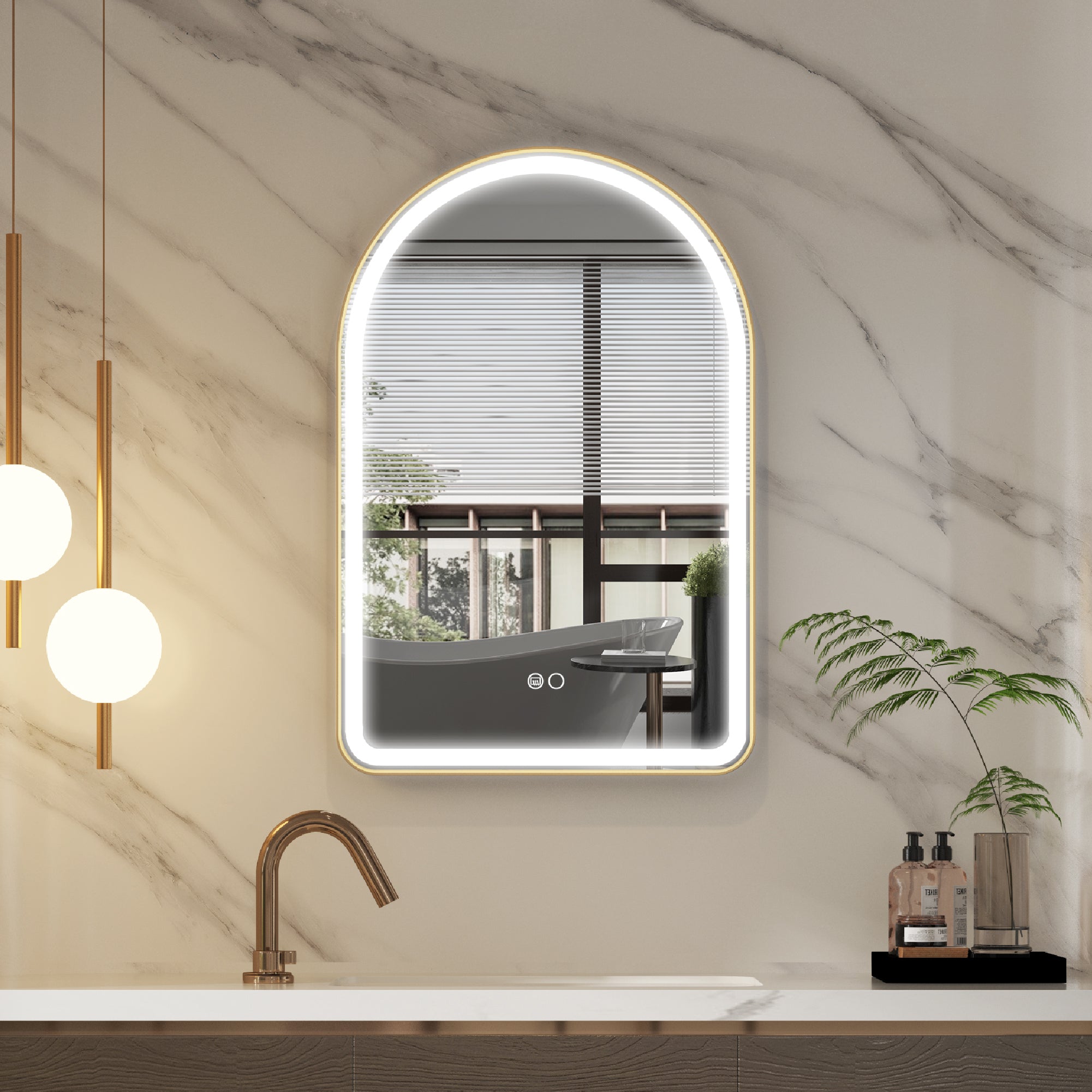
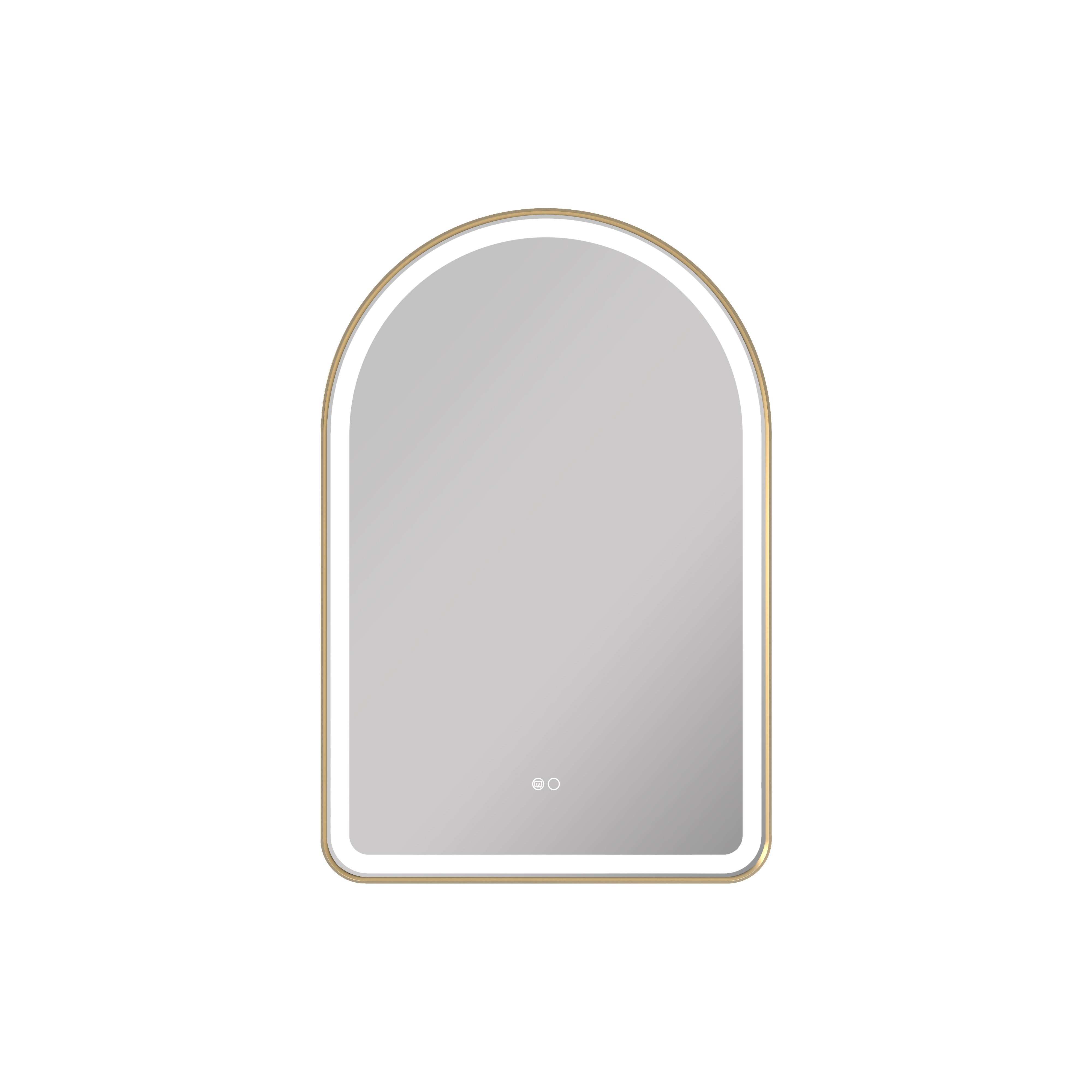
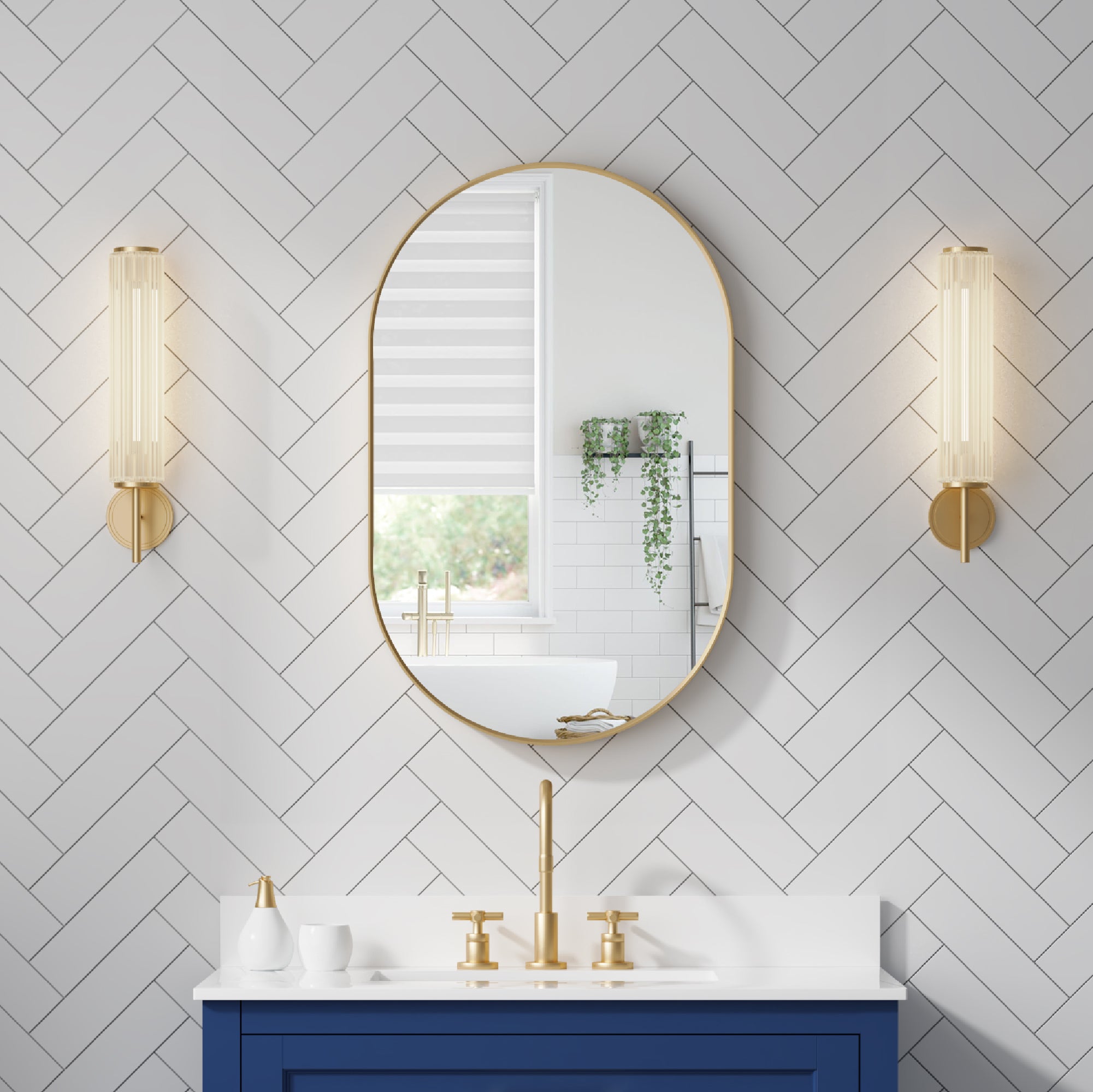
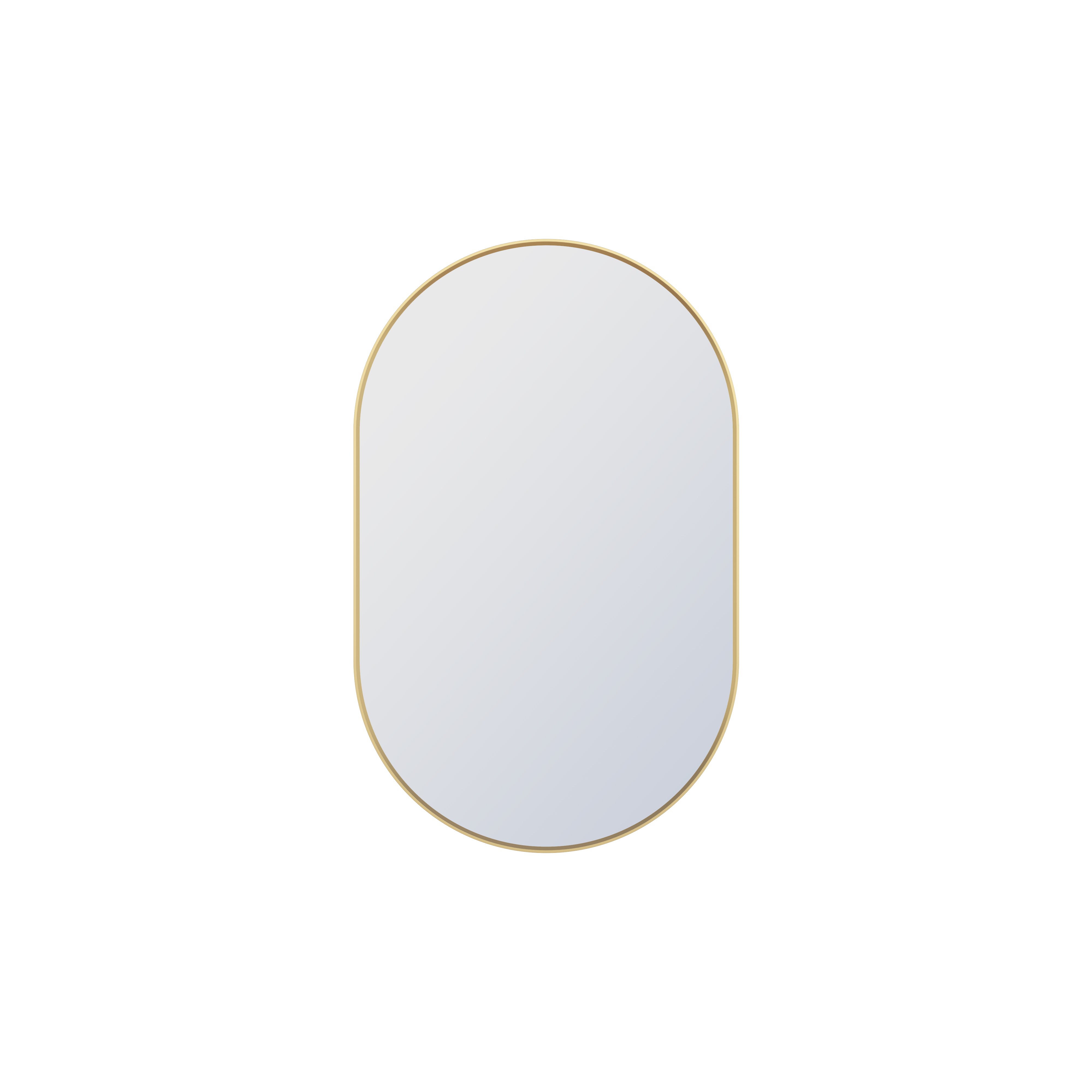


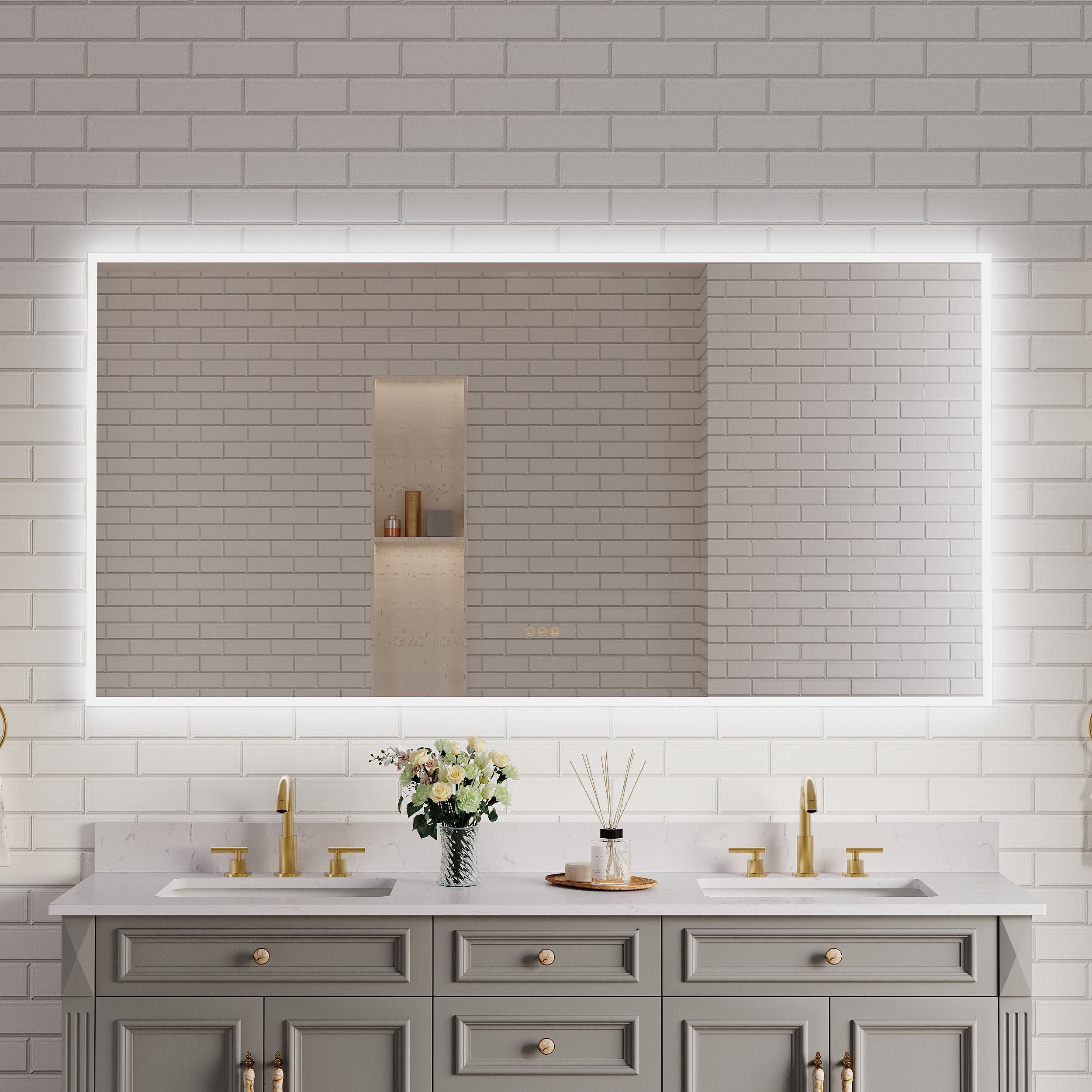





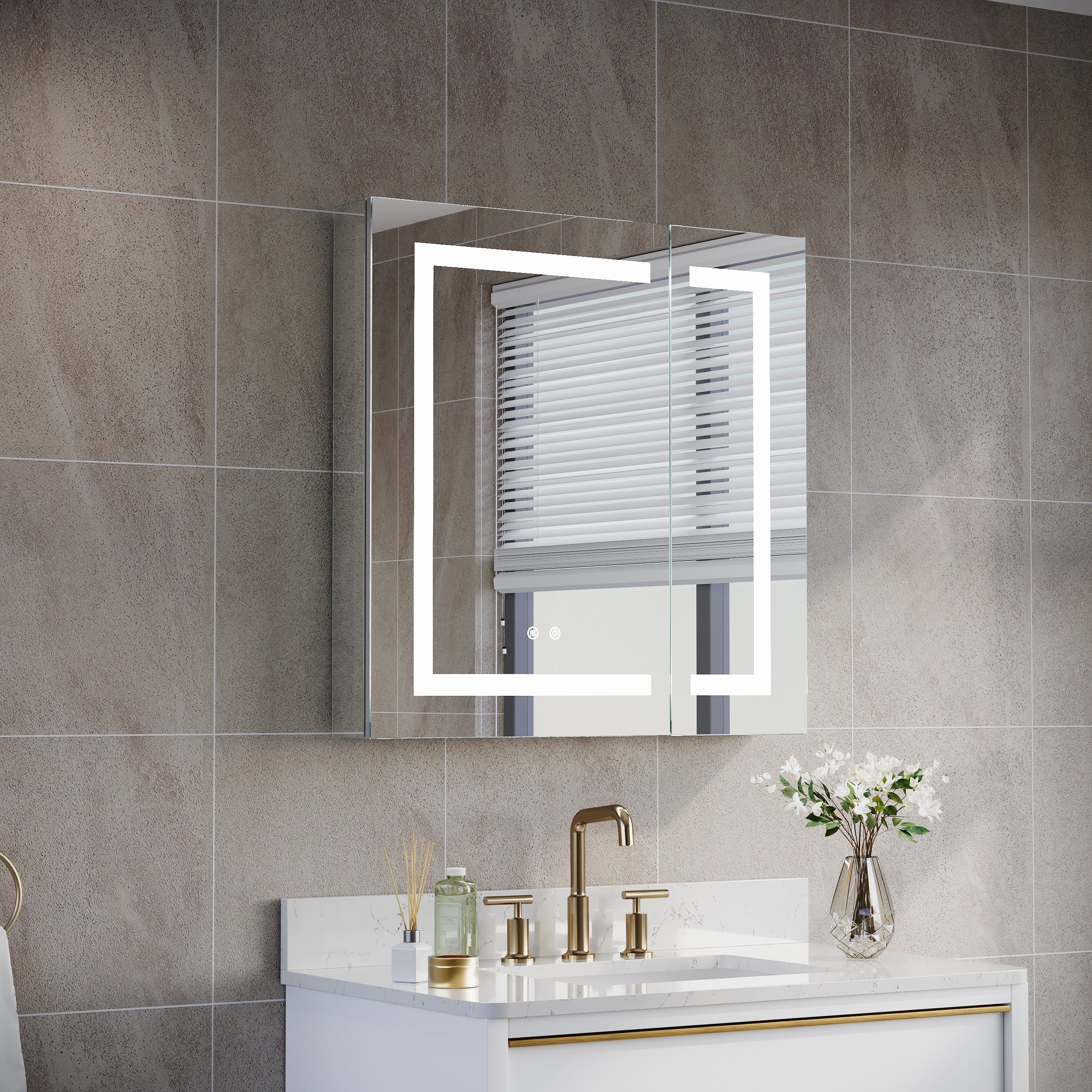
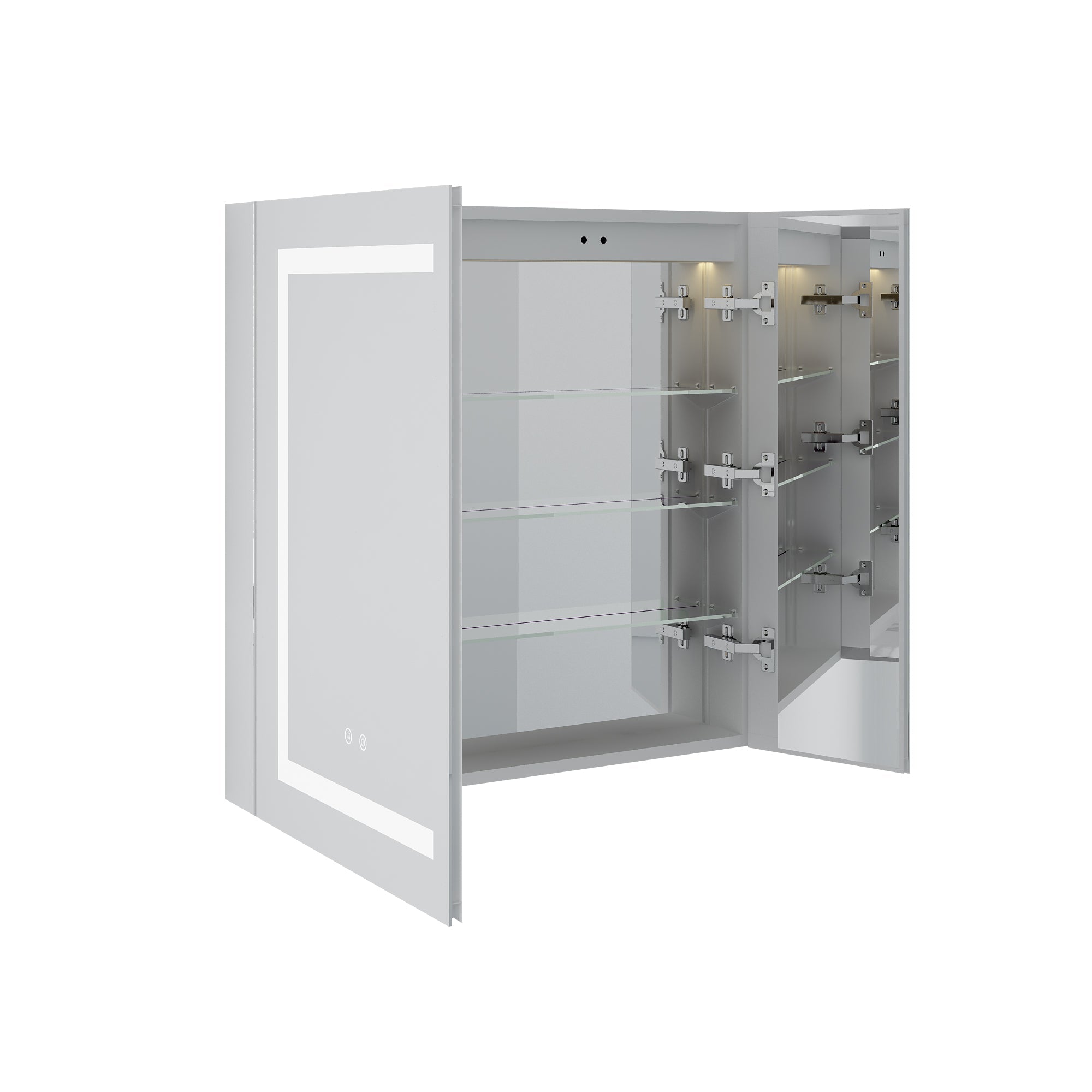




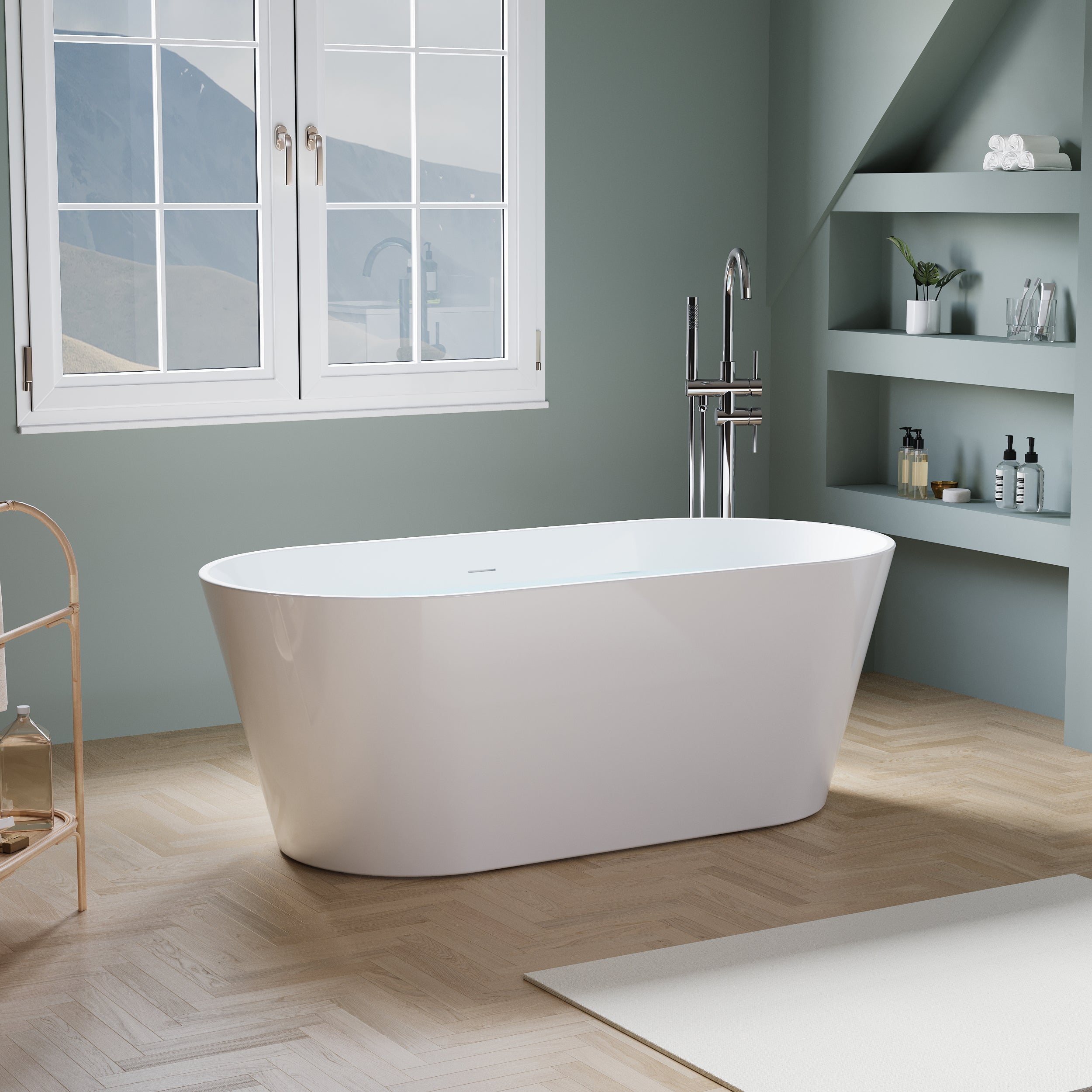
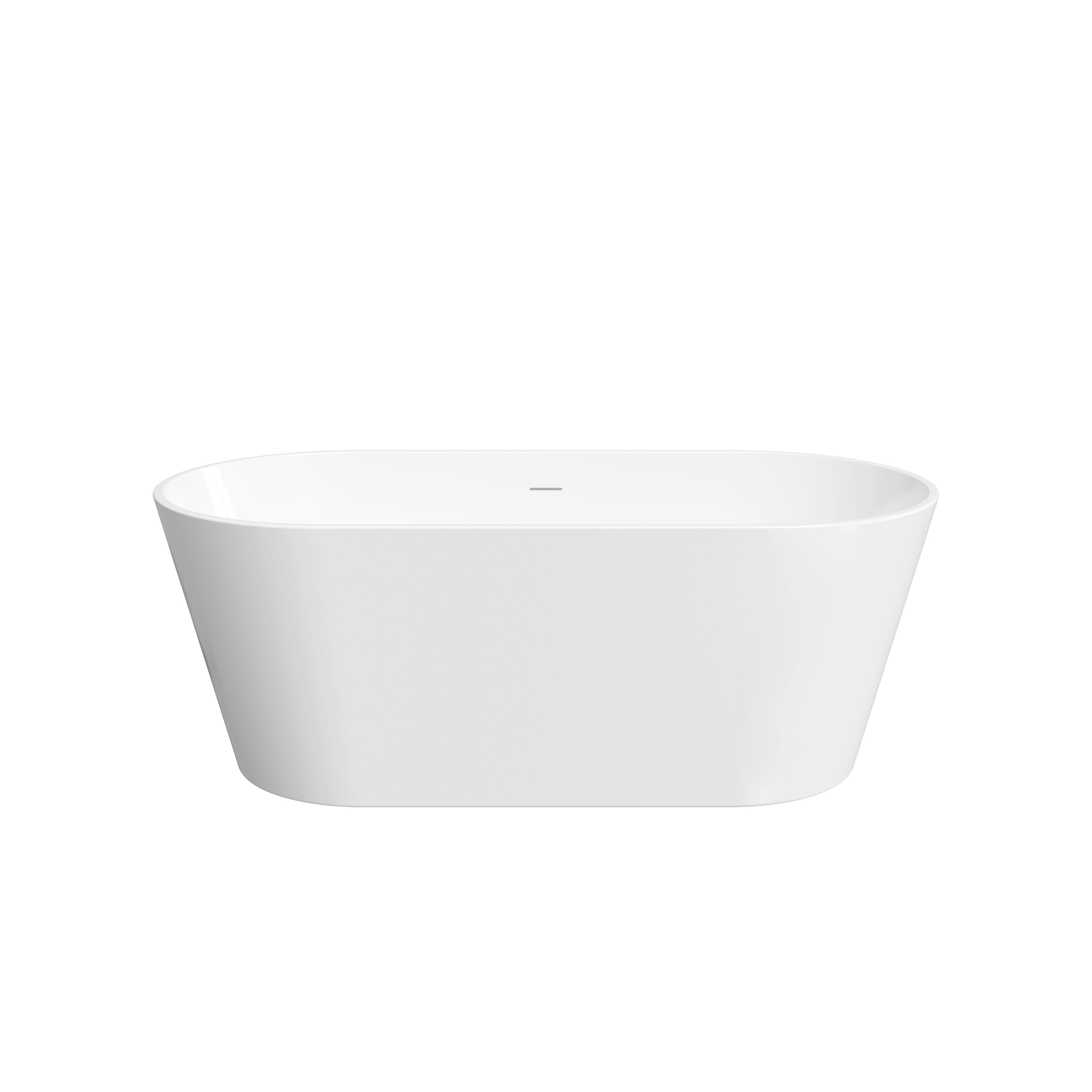


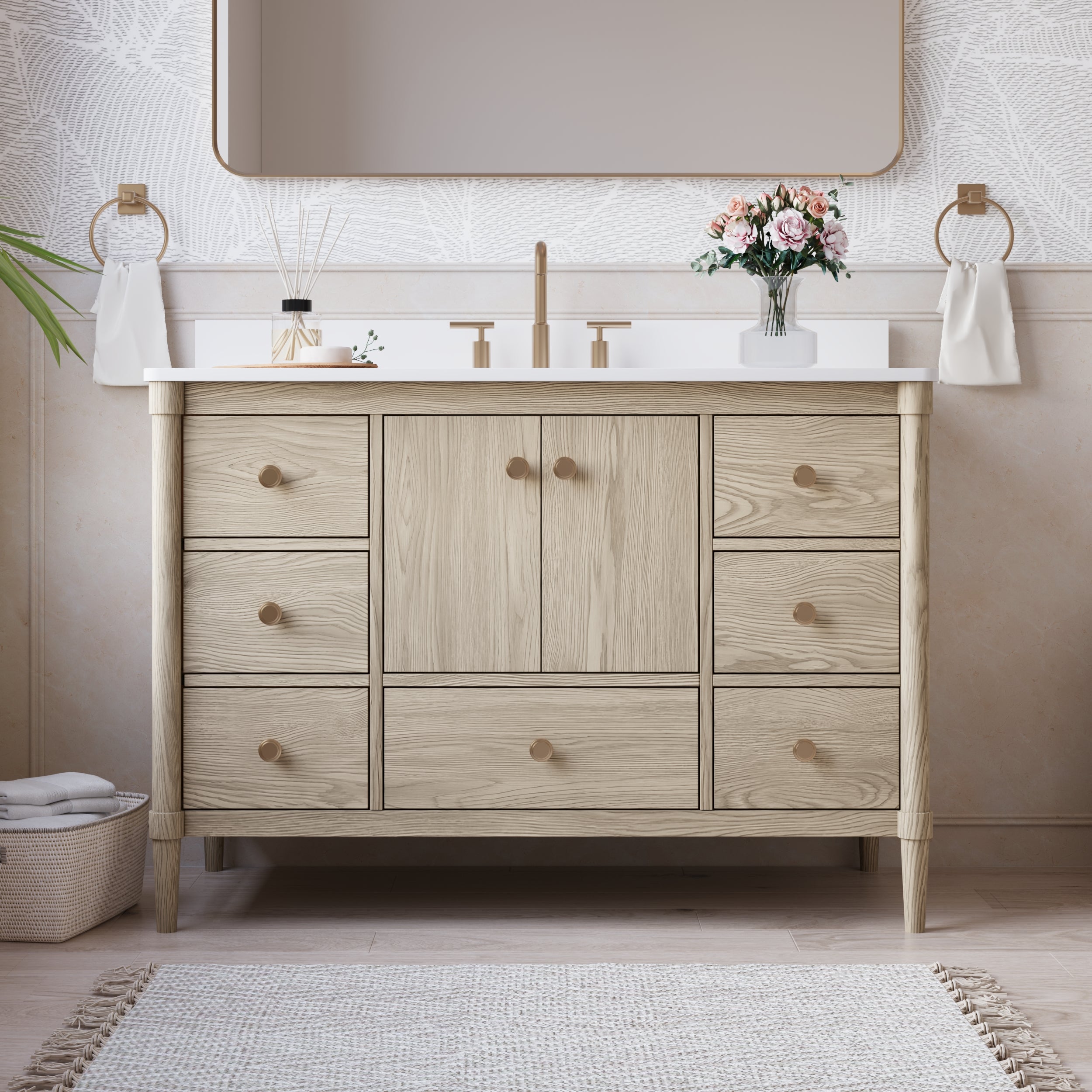
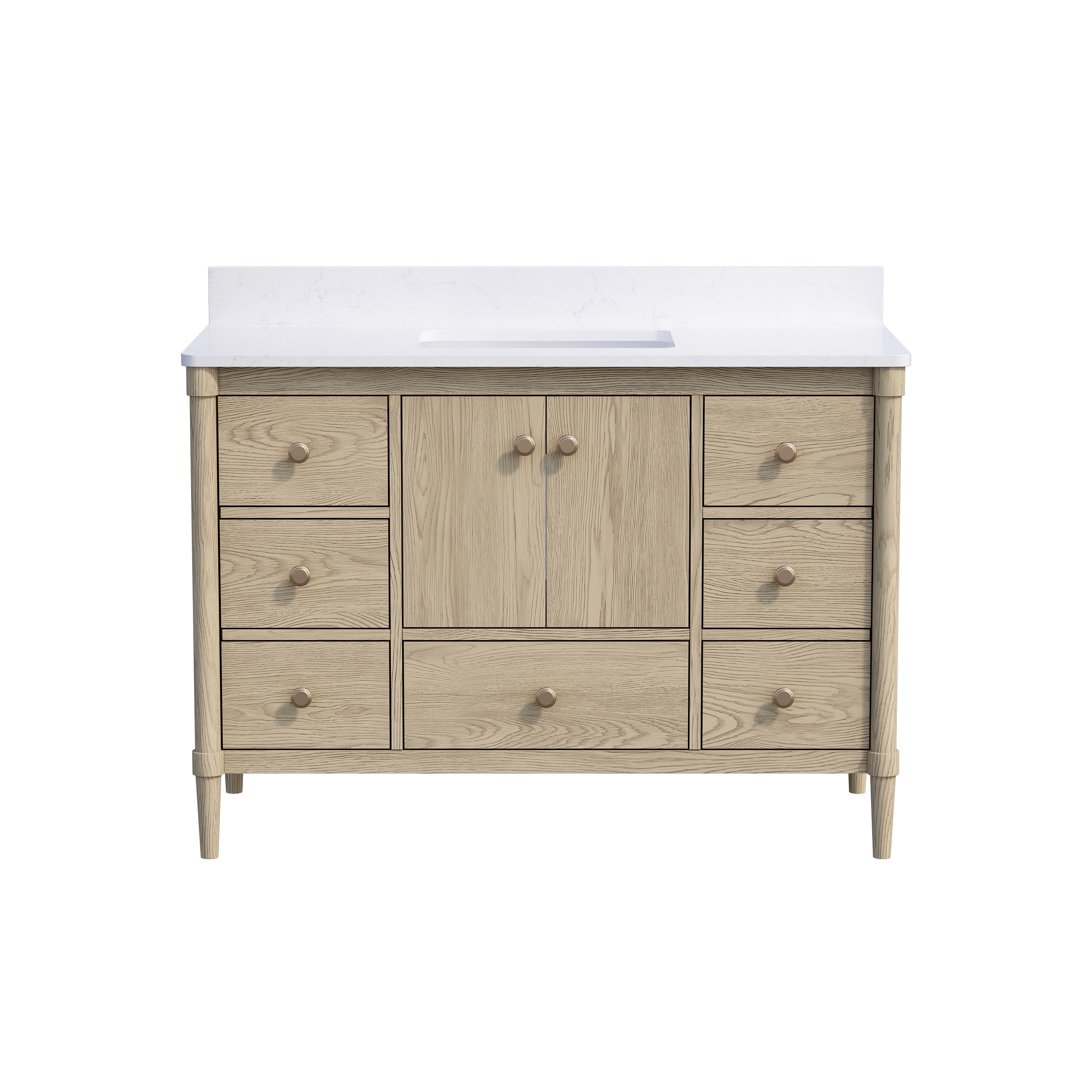
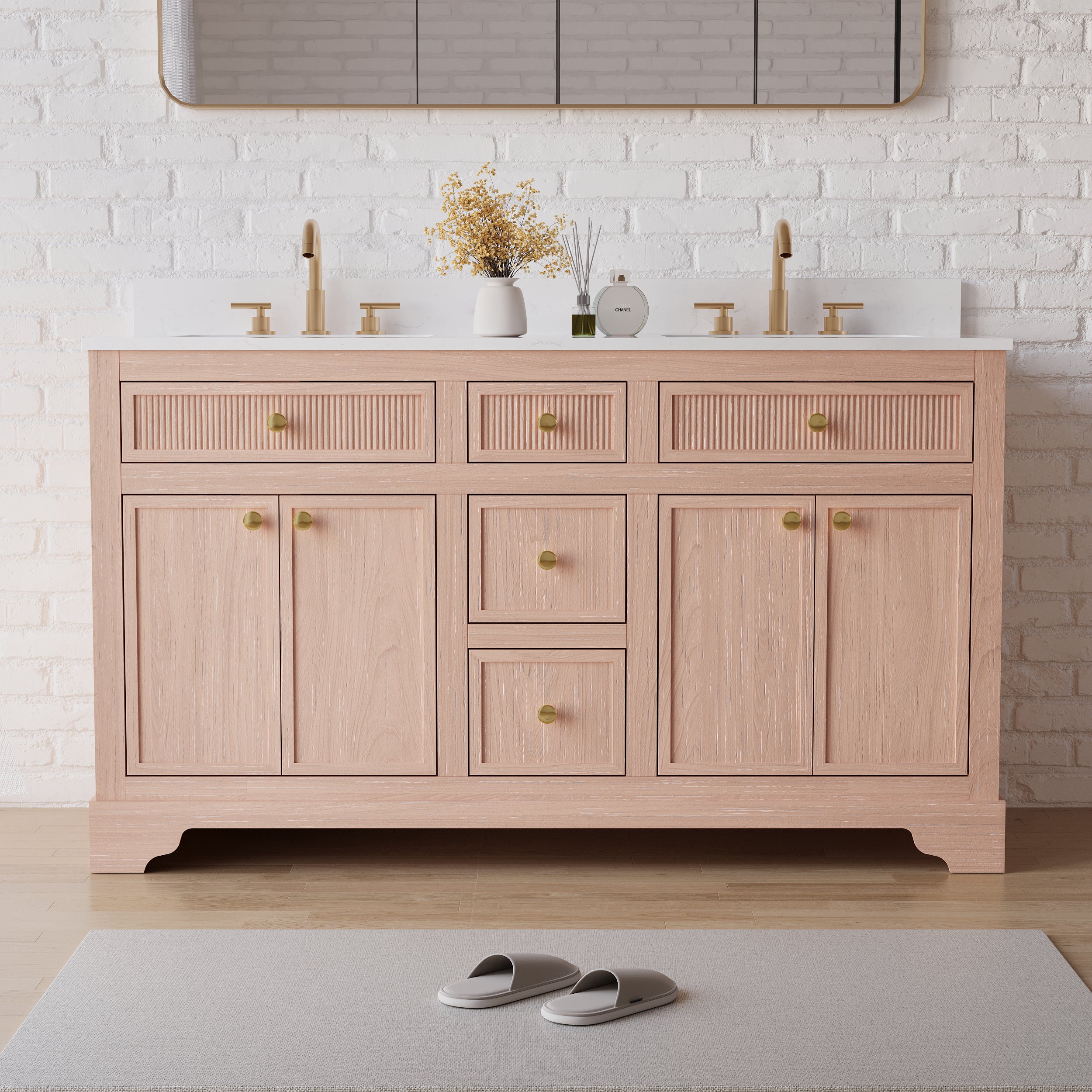
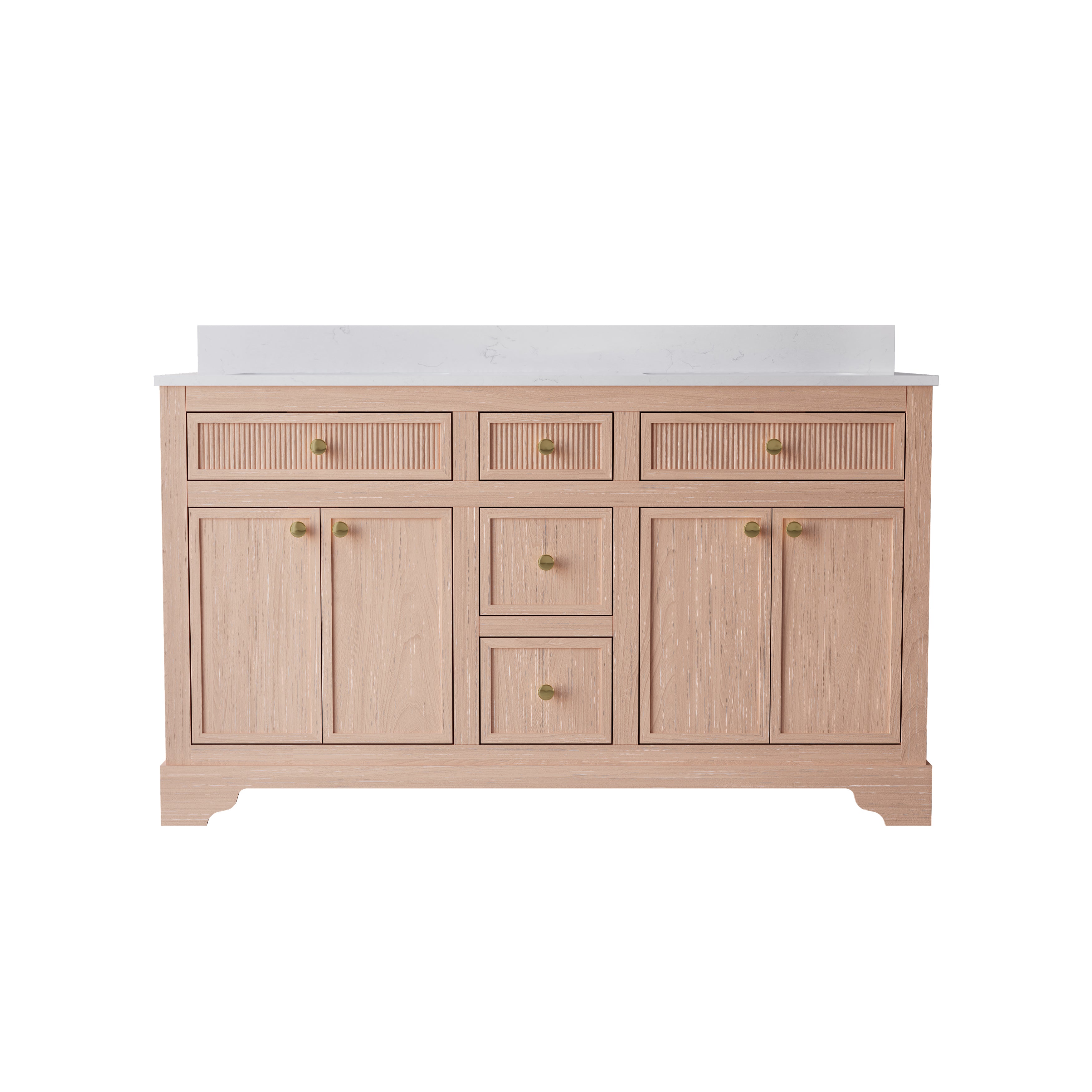
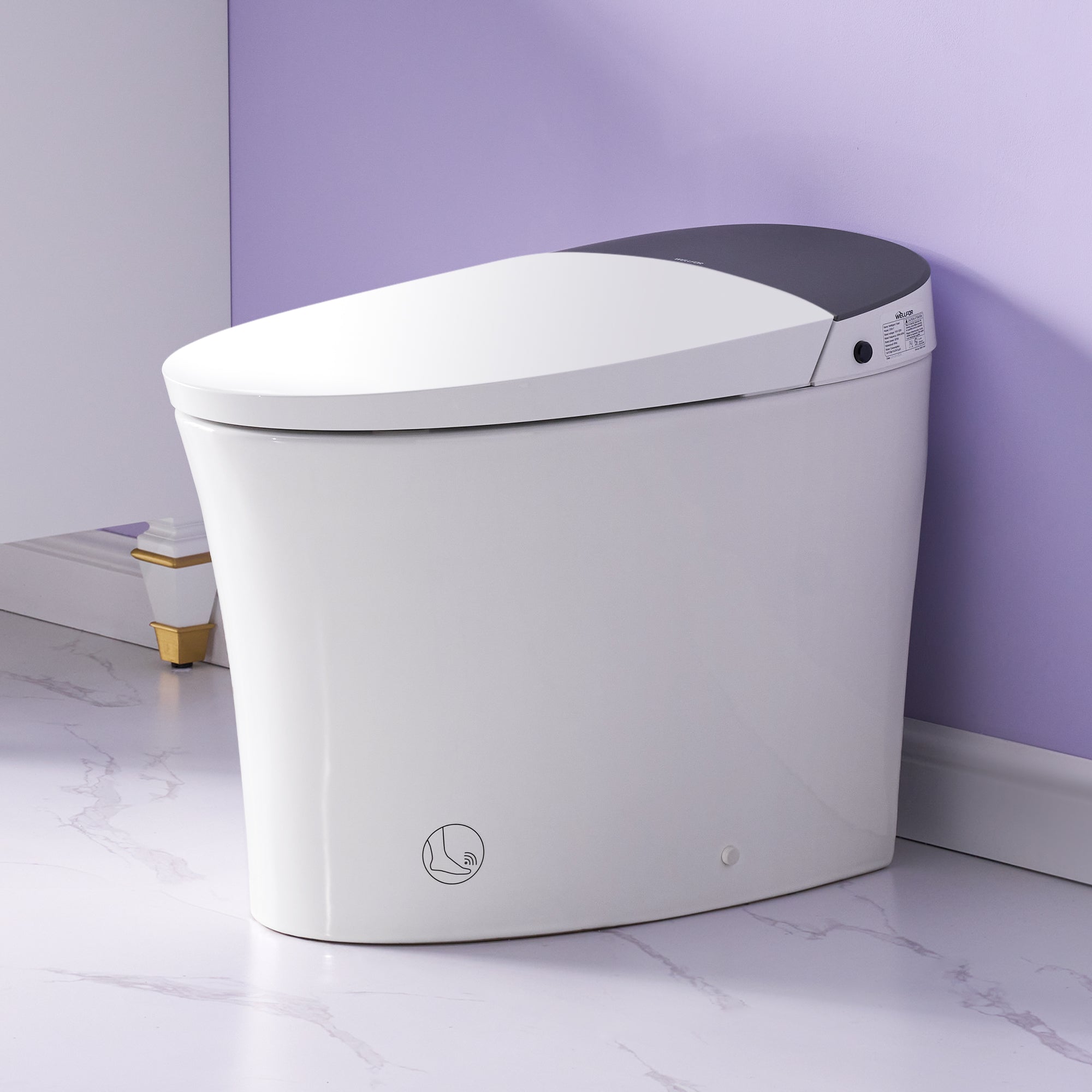
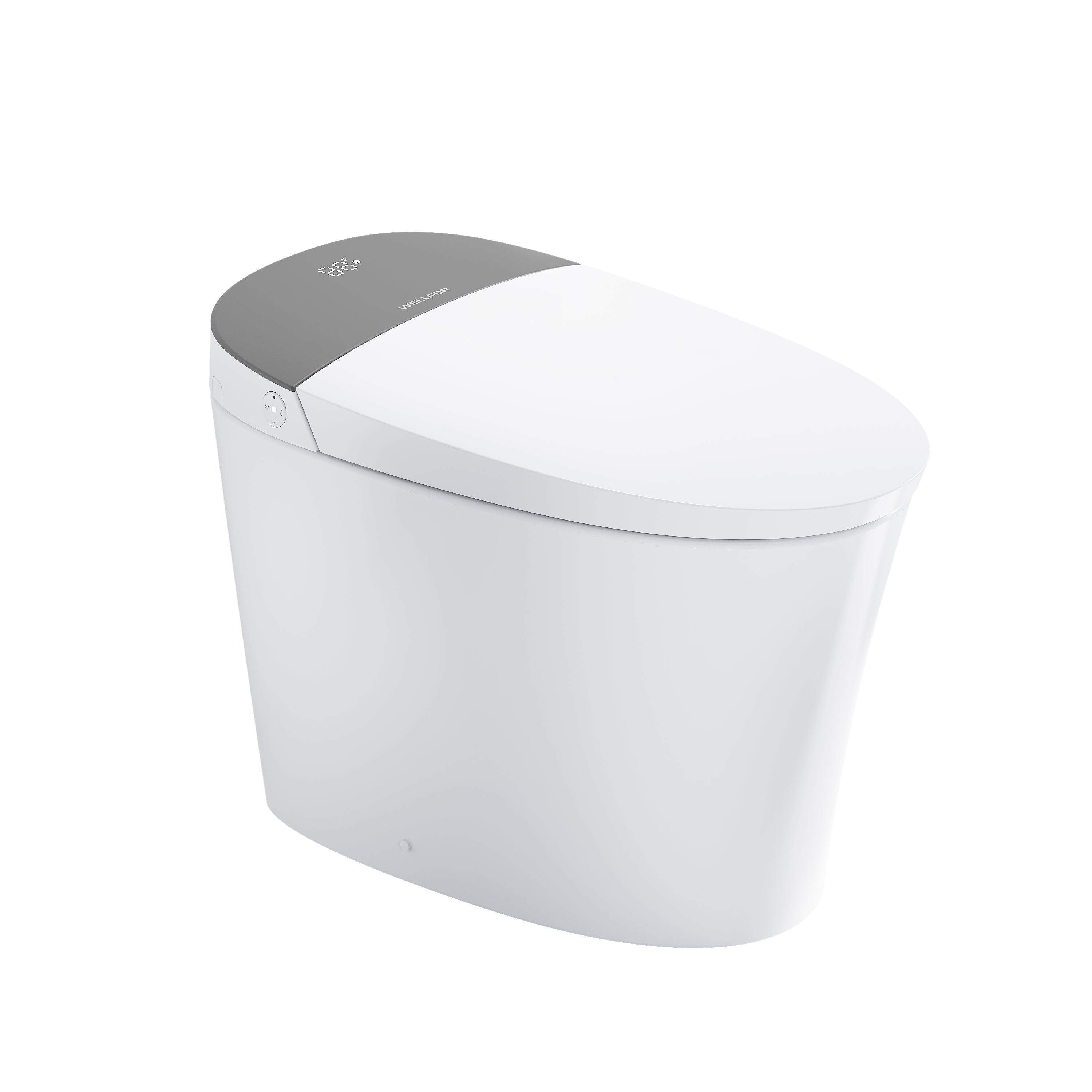
Leave a comment
This site is protected by hCaptcha and the hCaptcha Privacy Policy and Terms of Service apply.